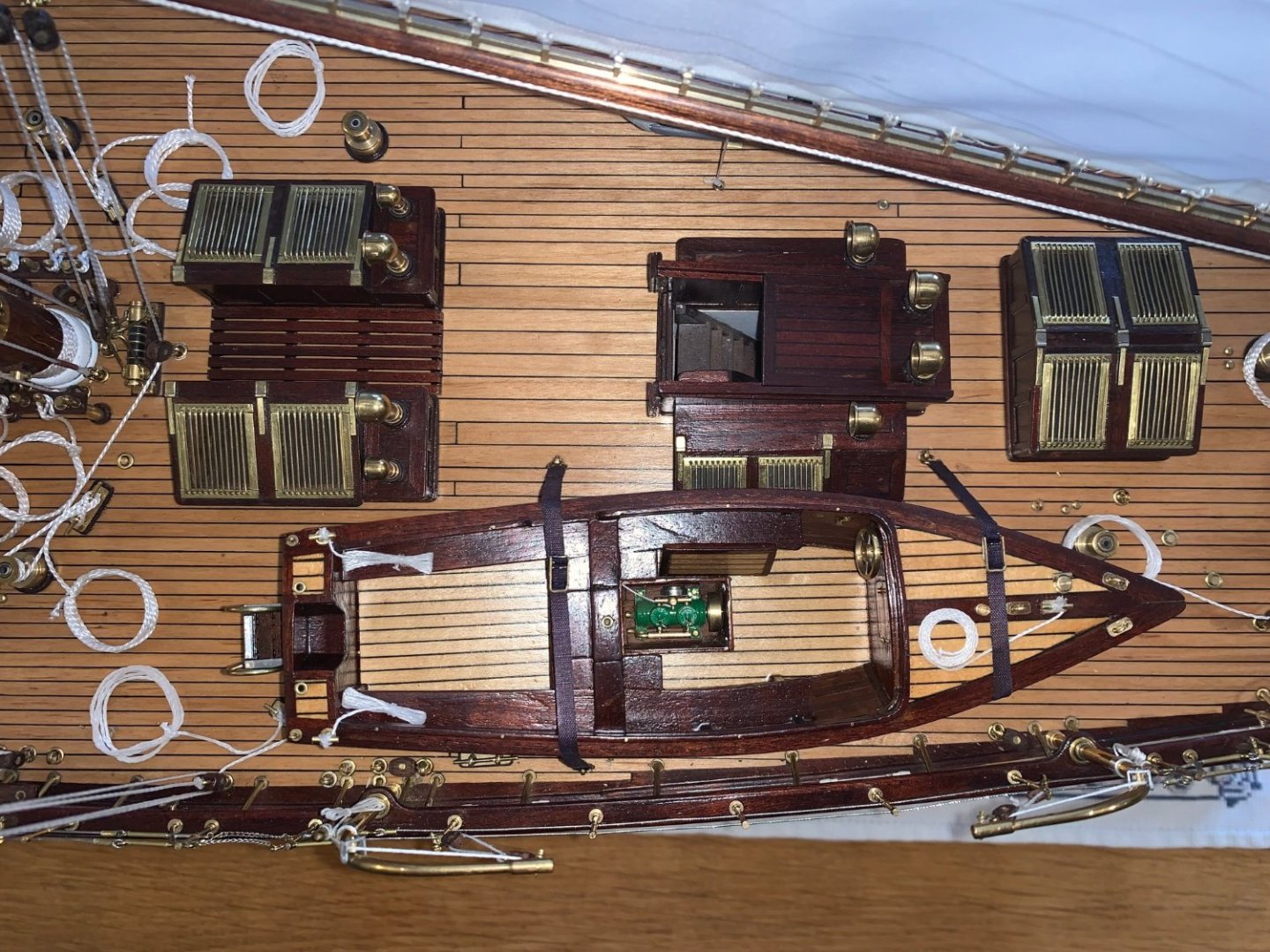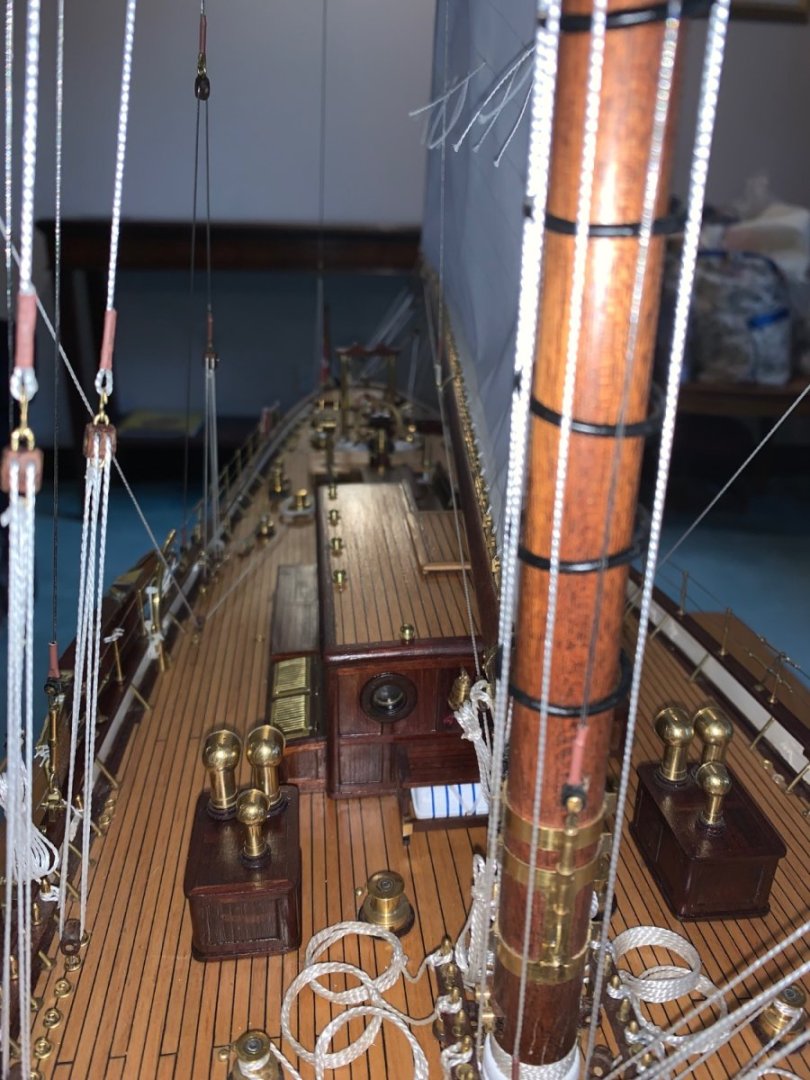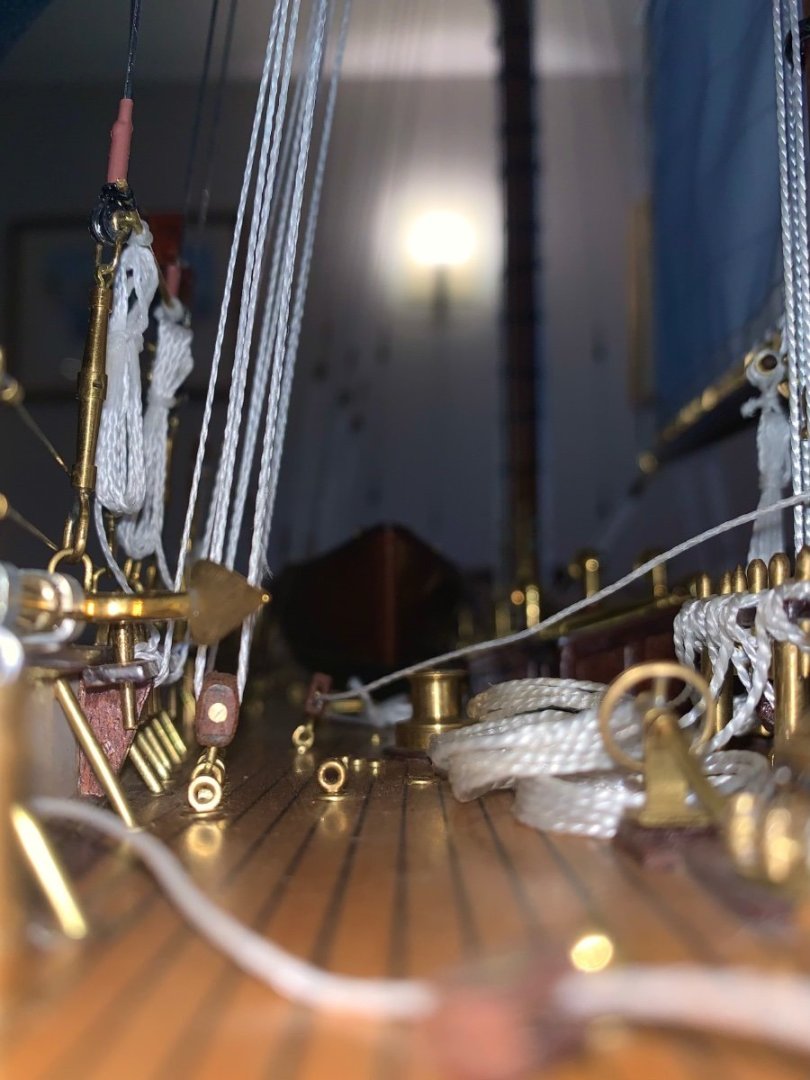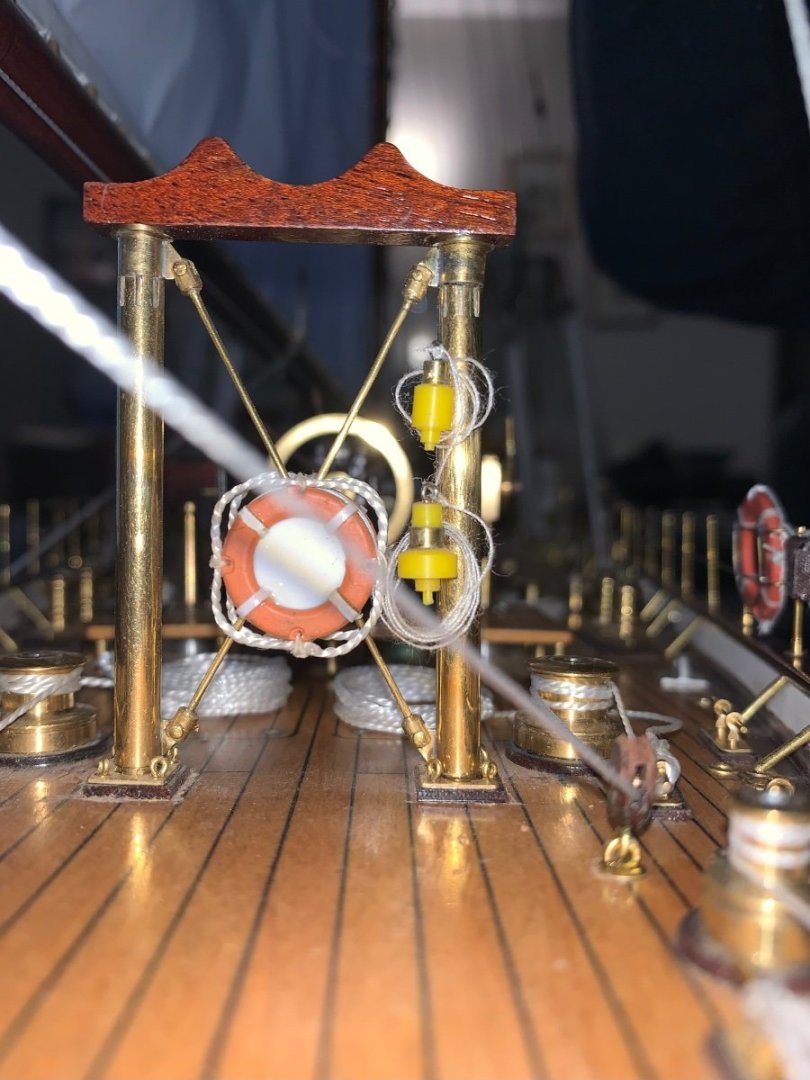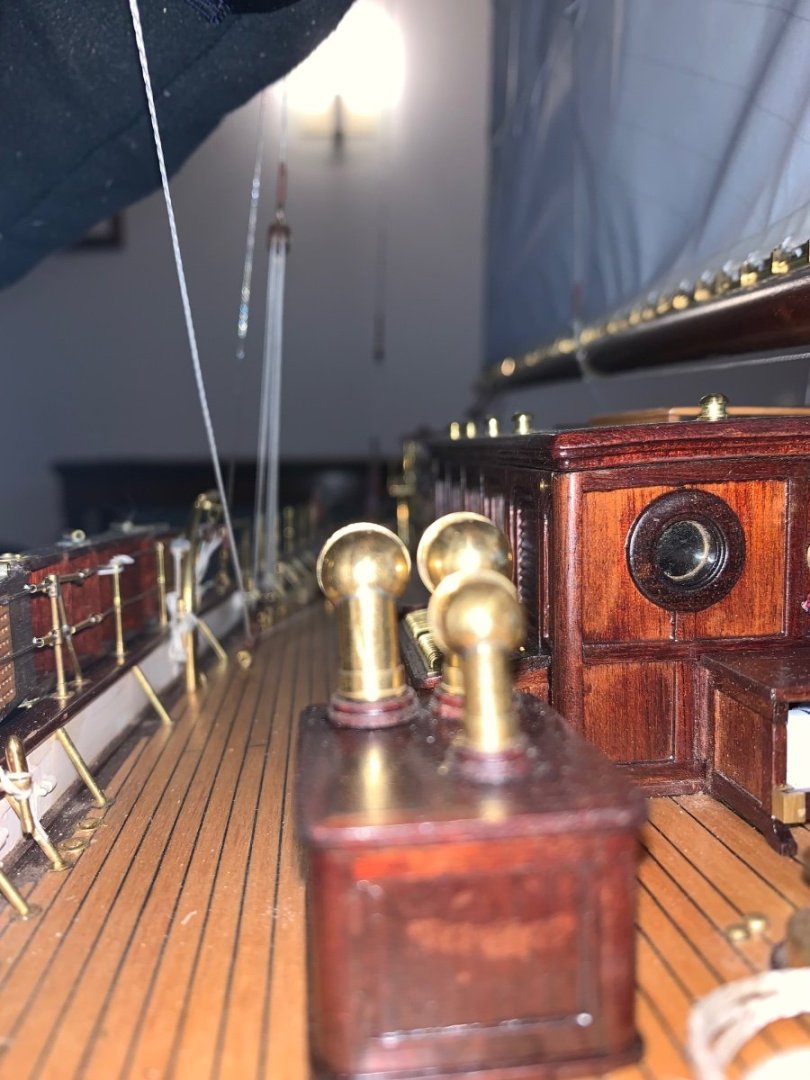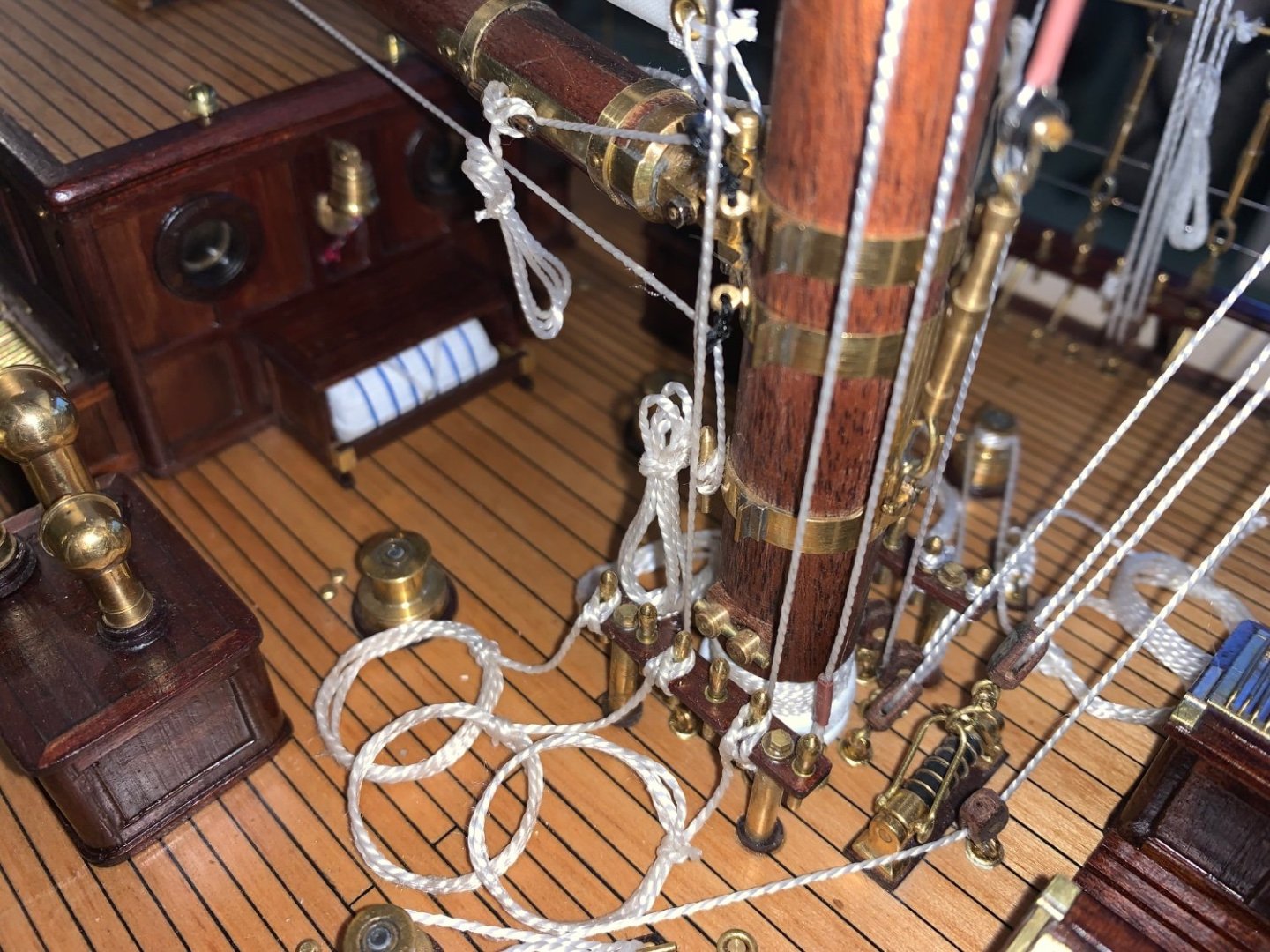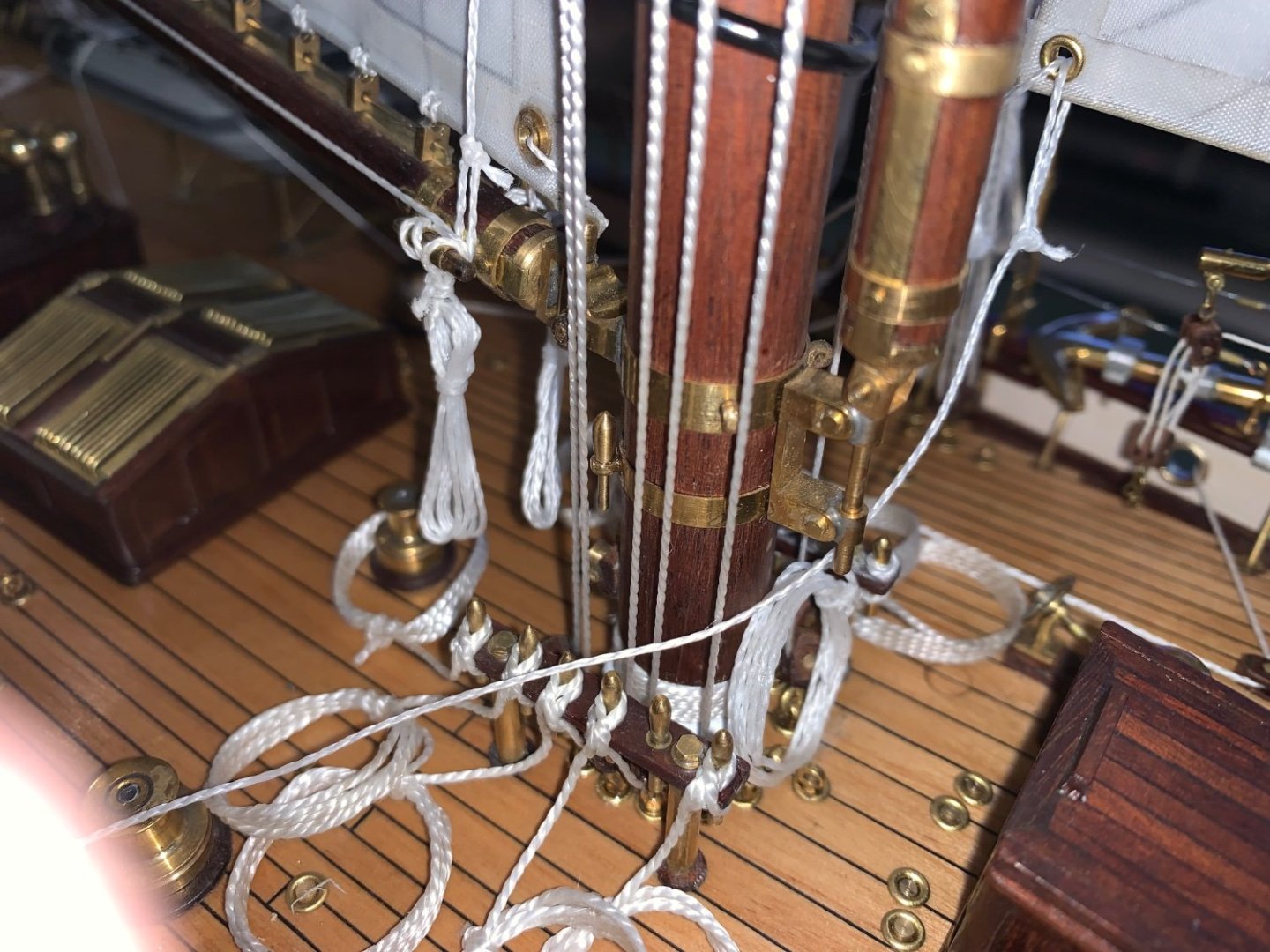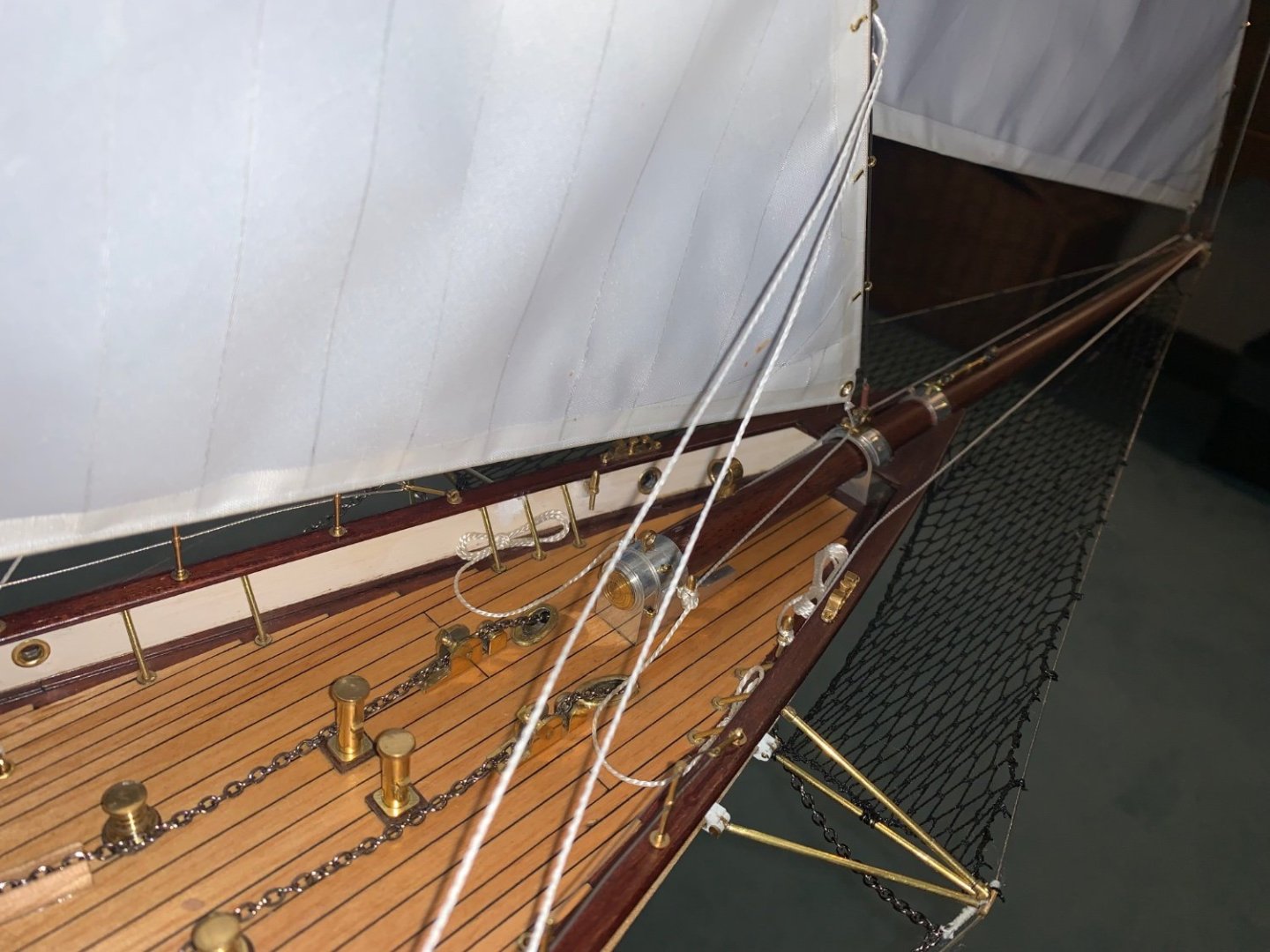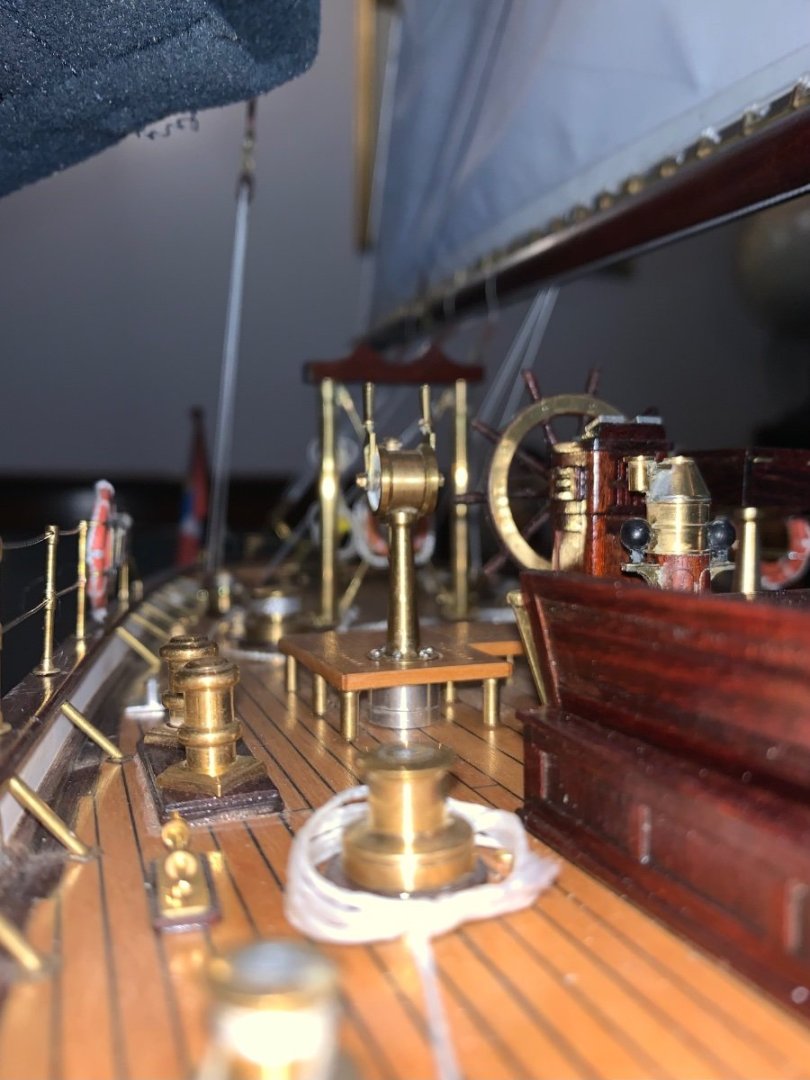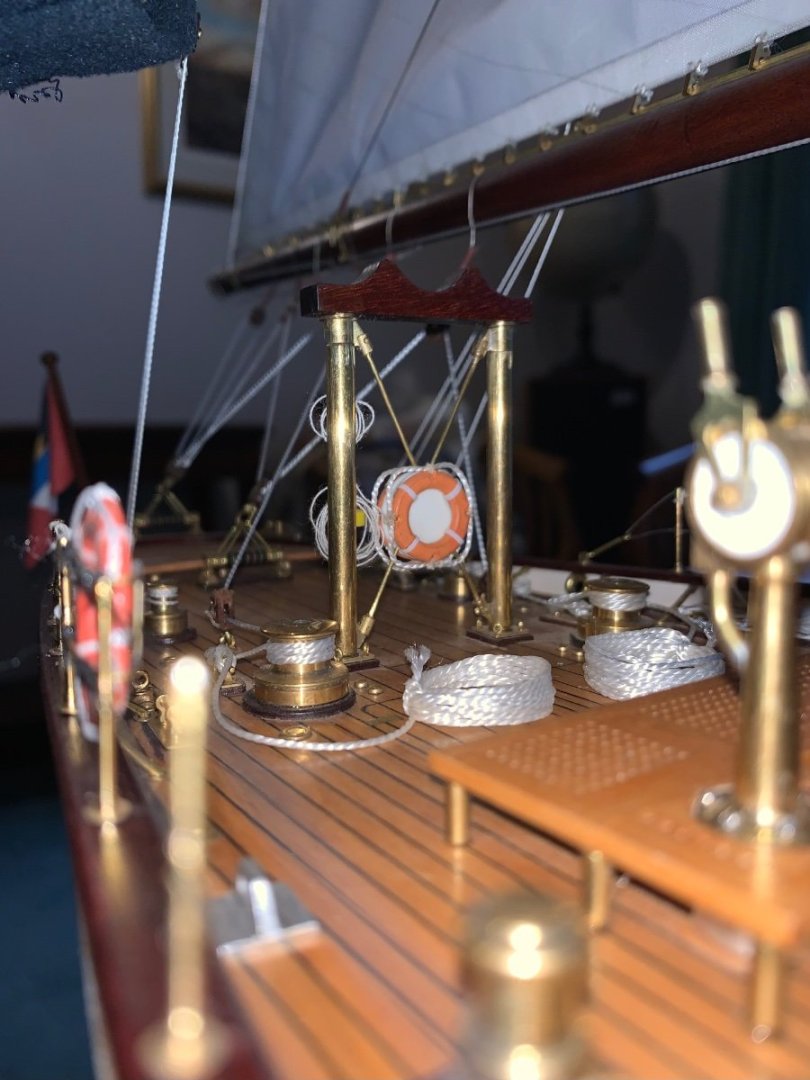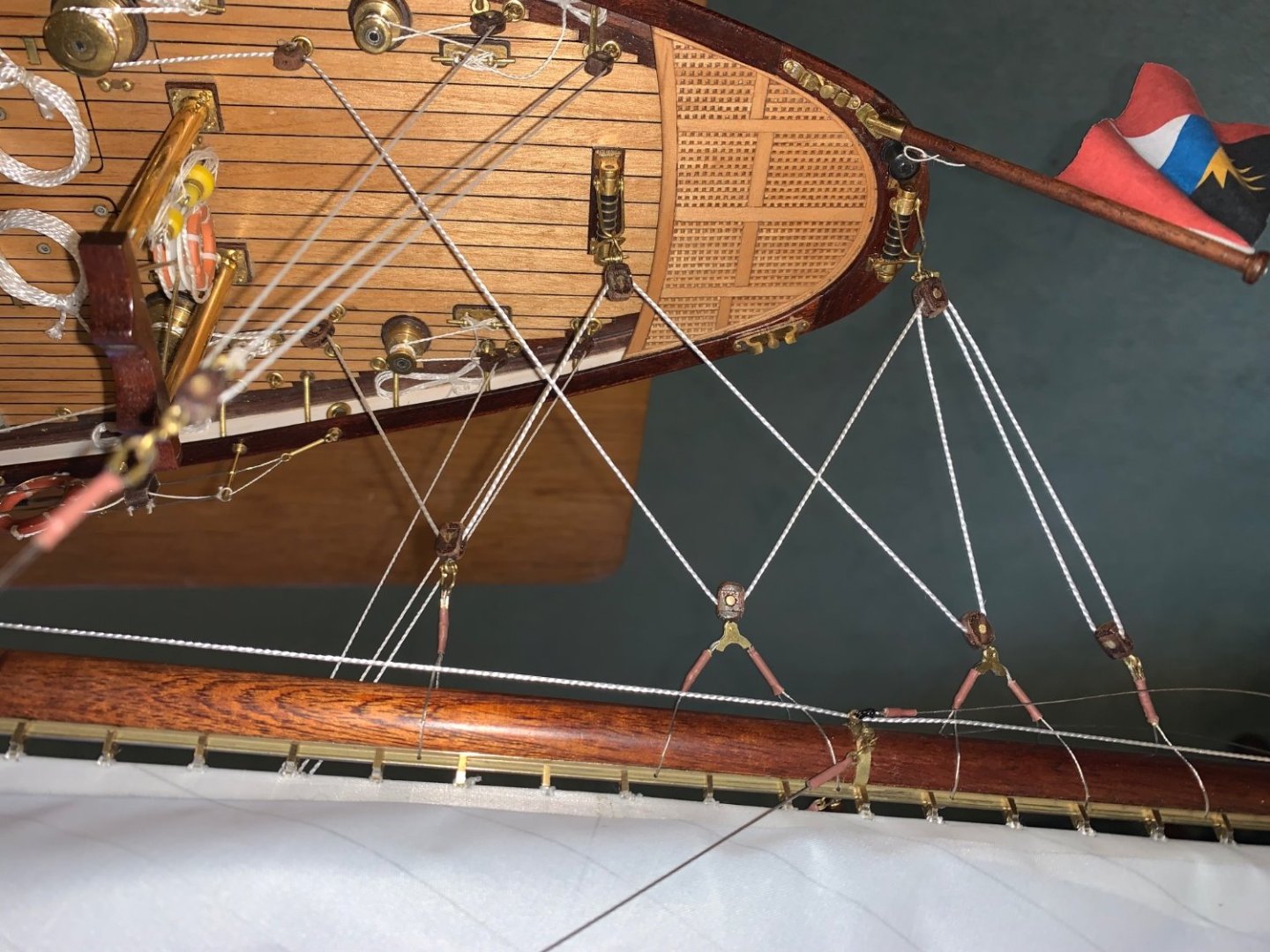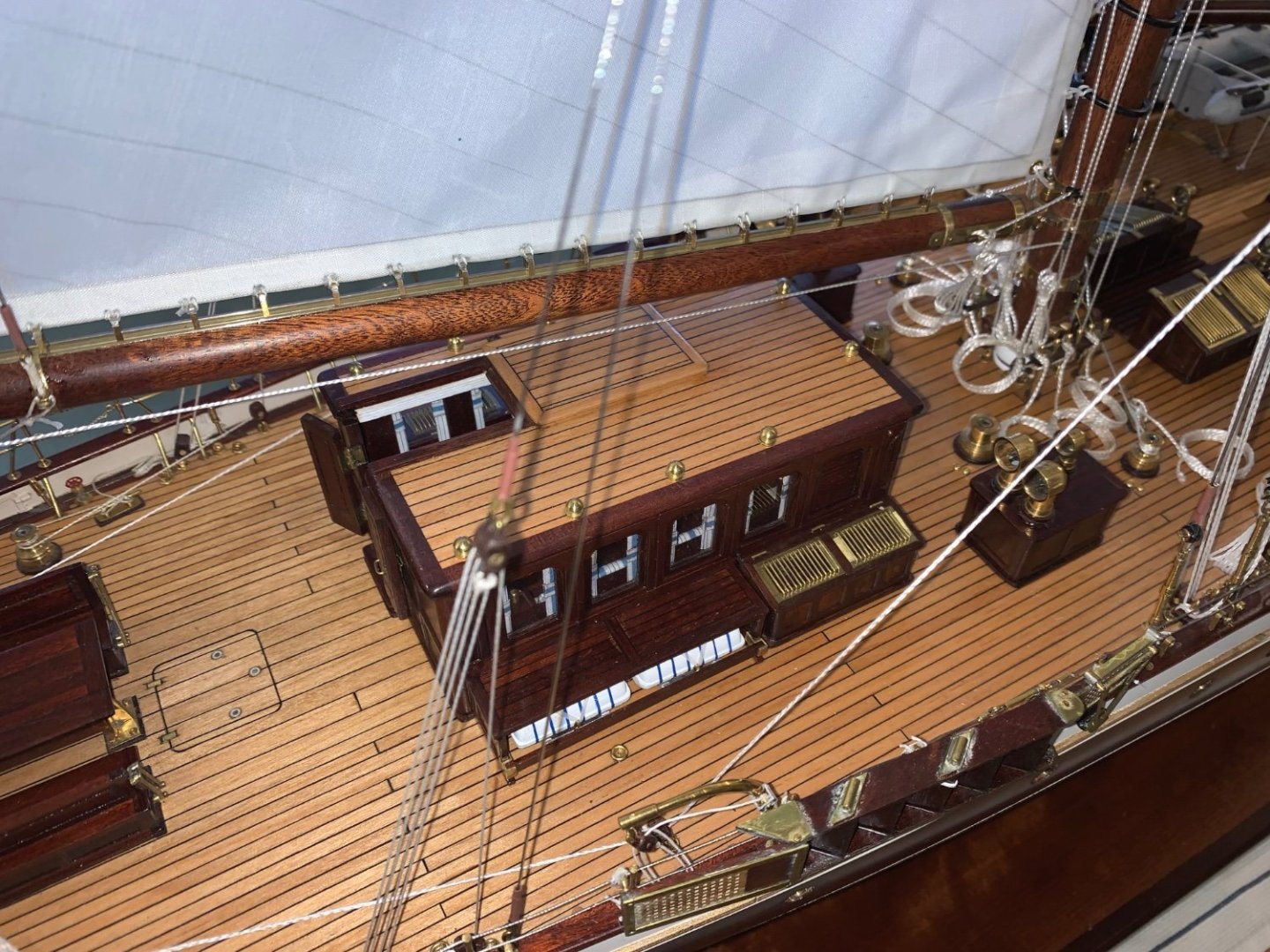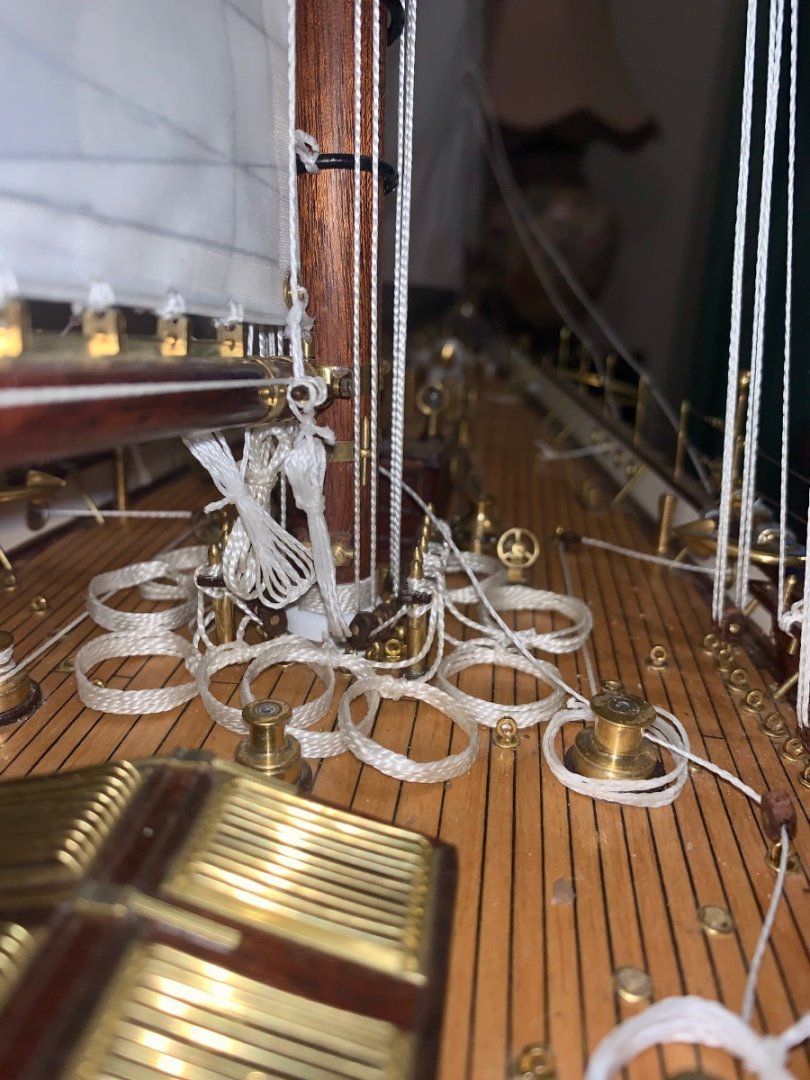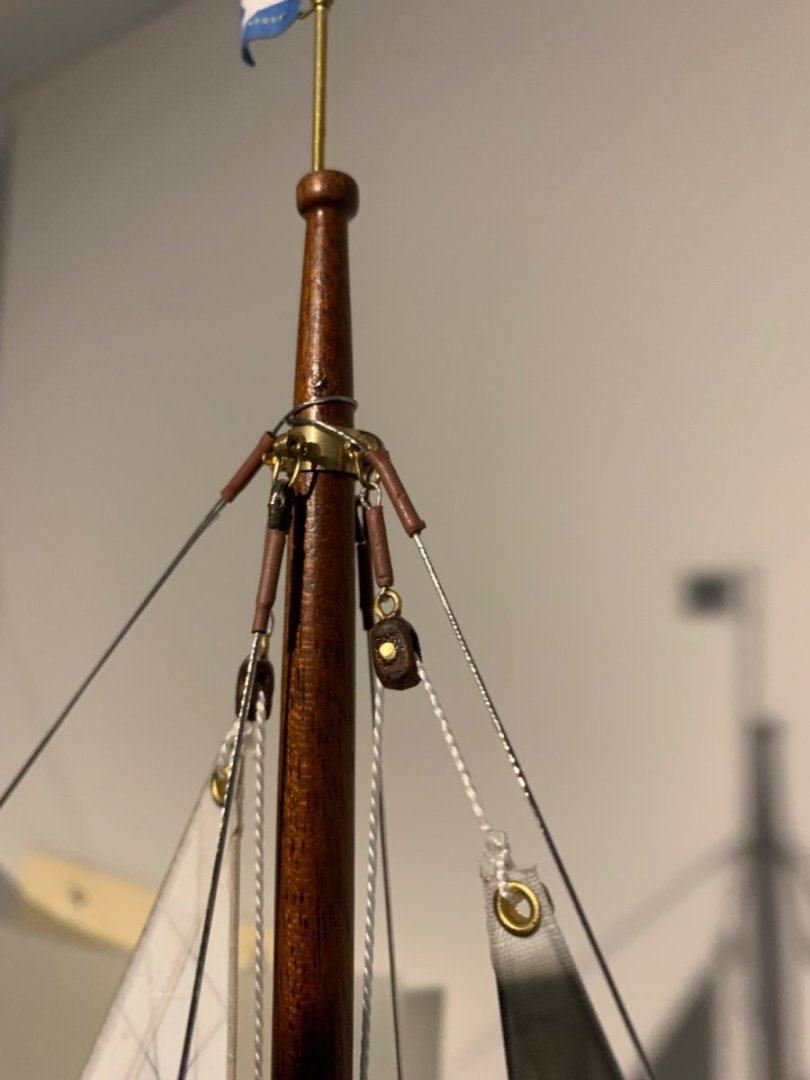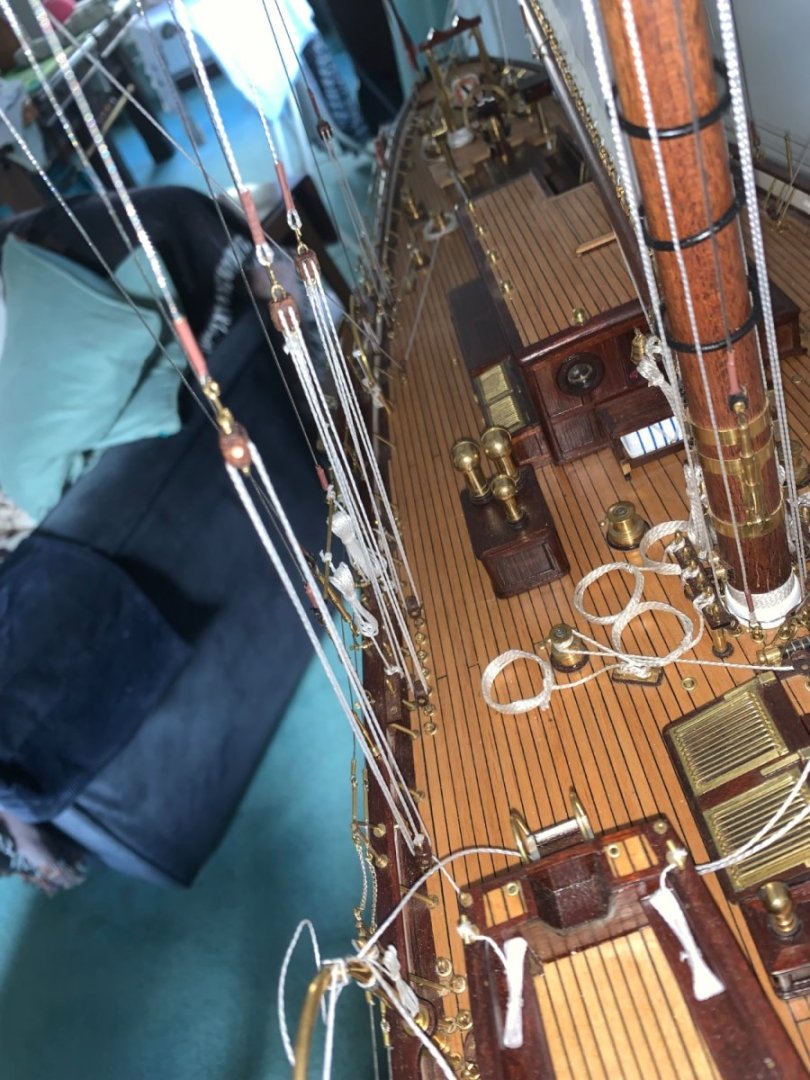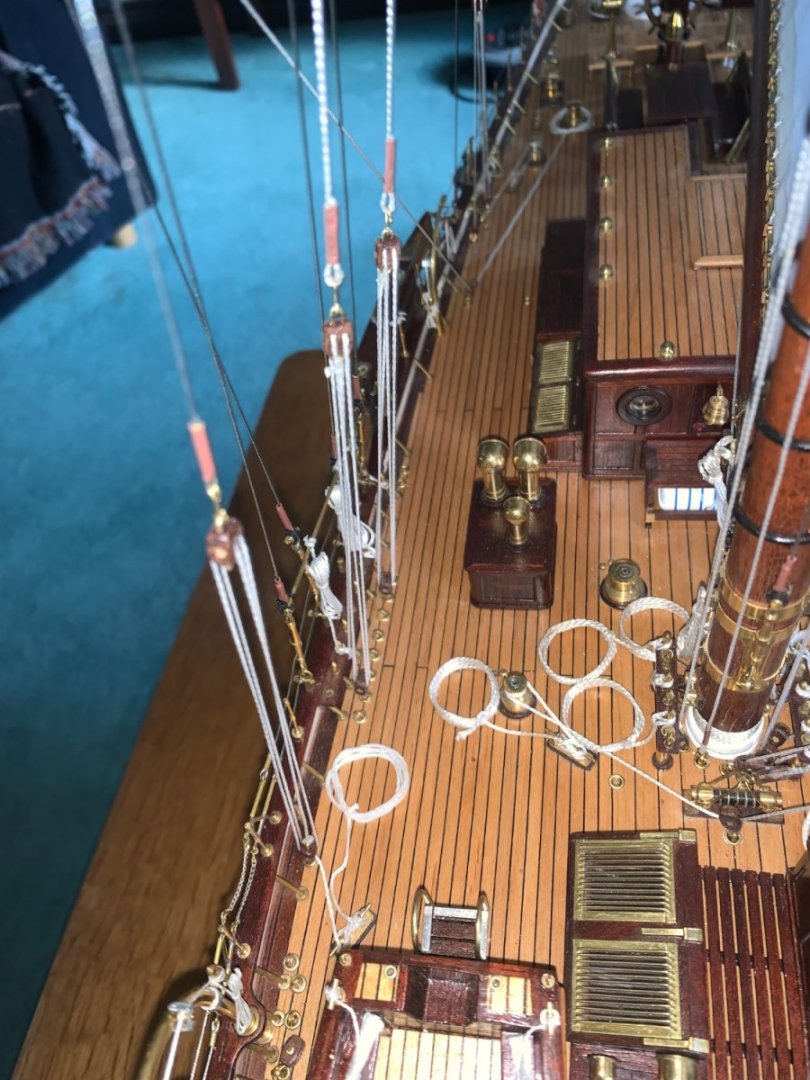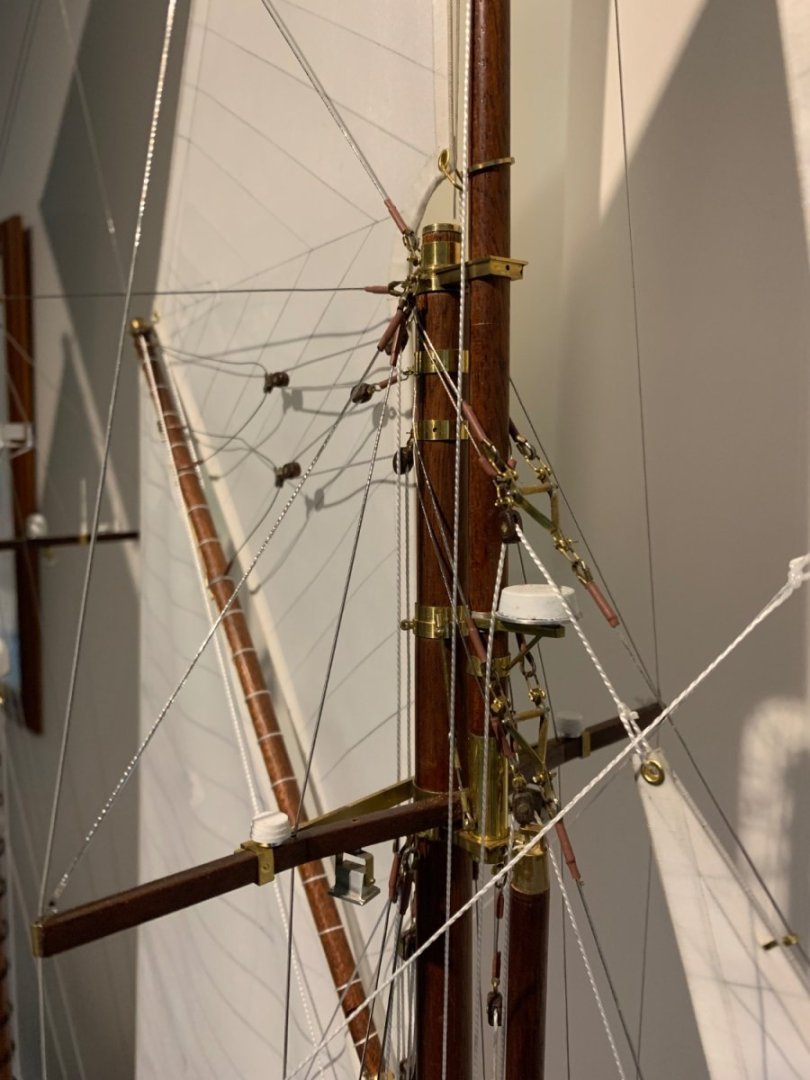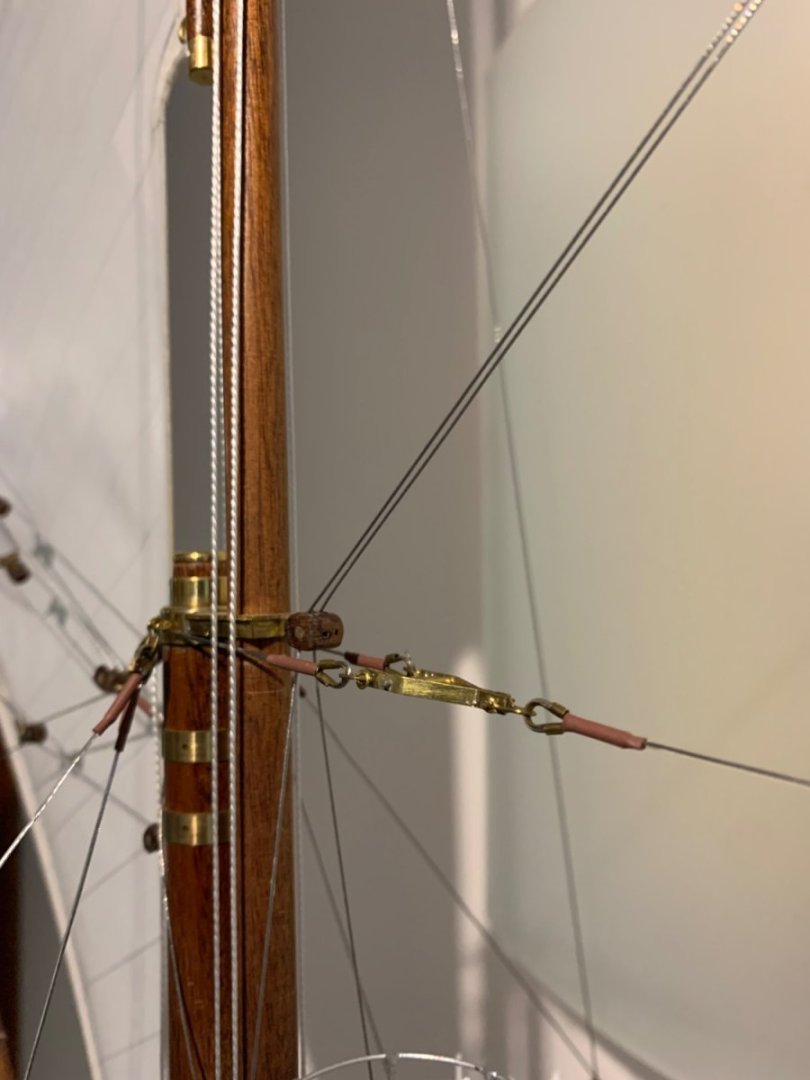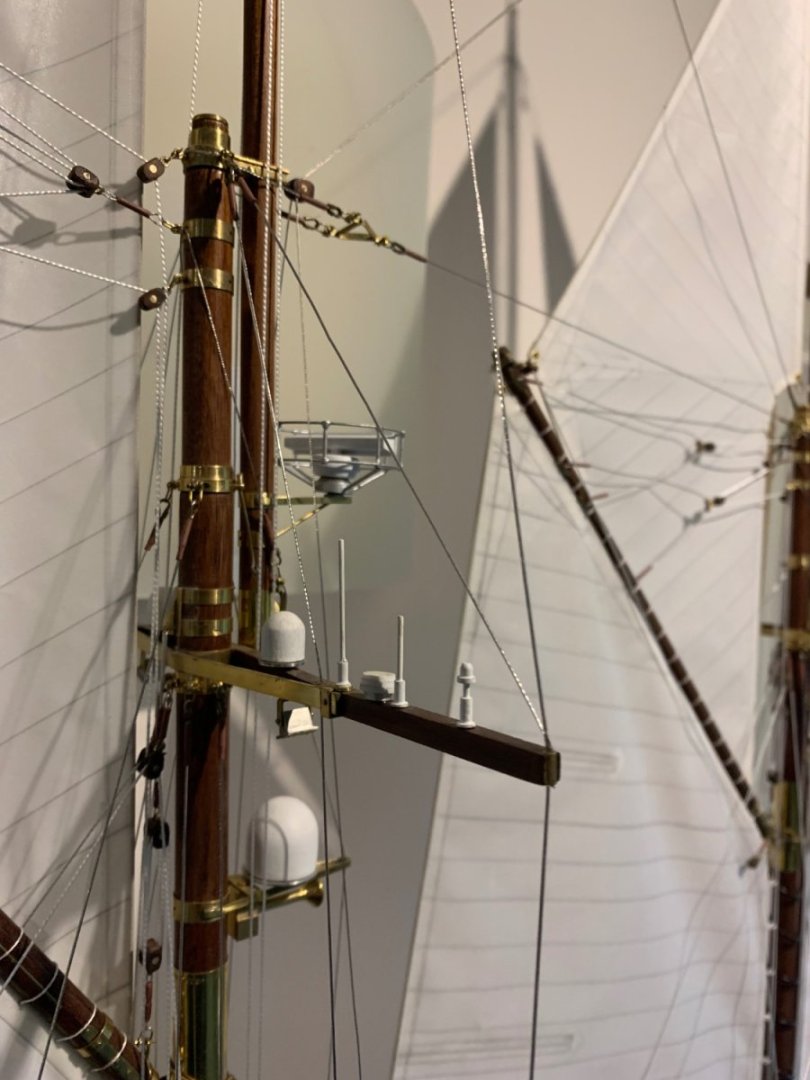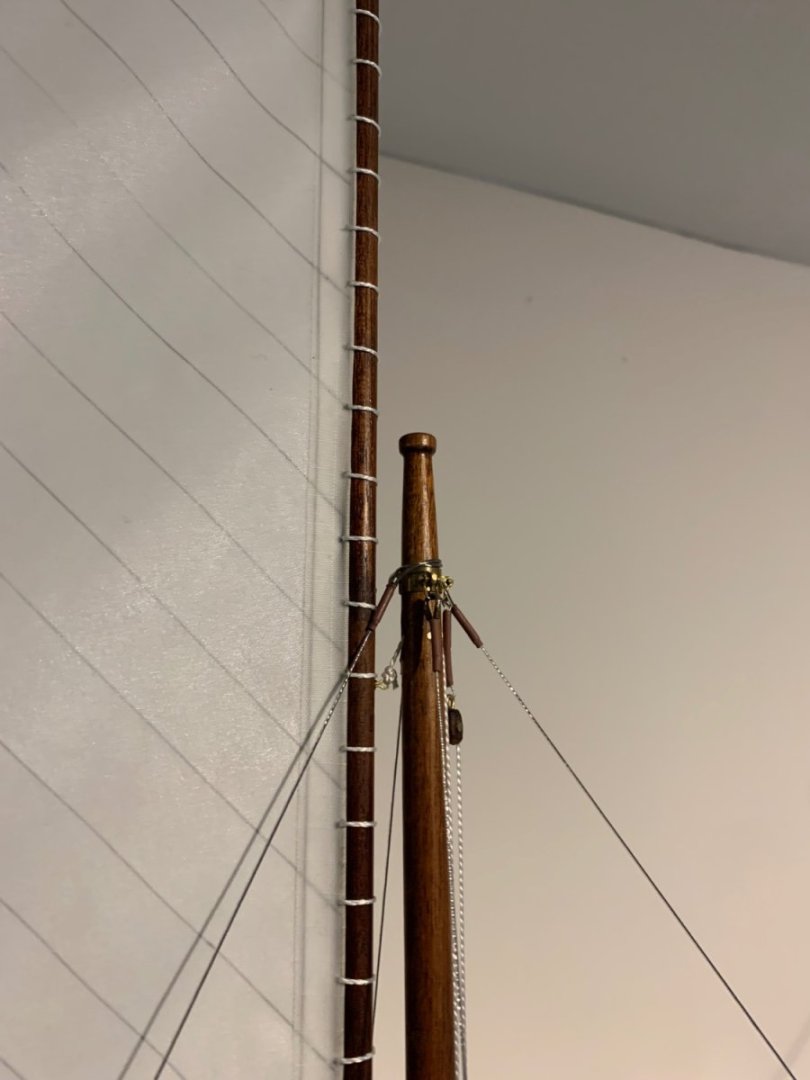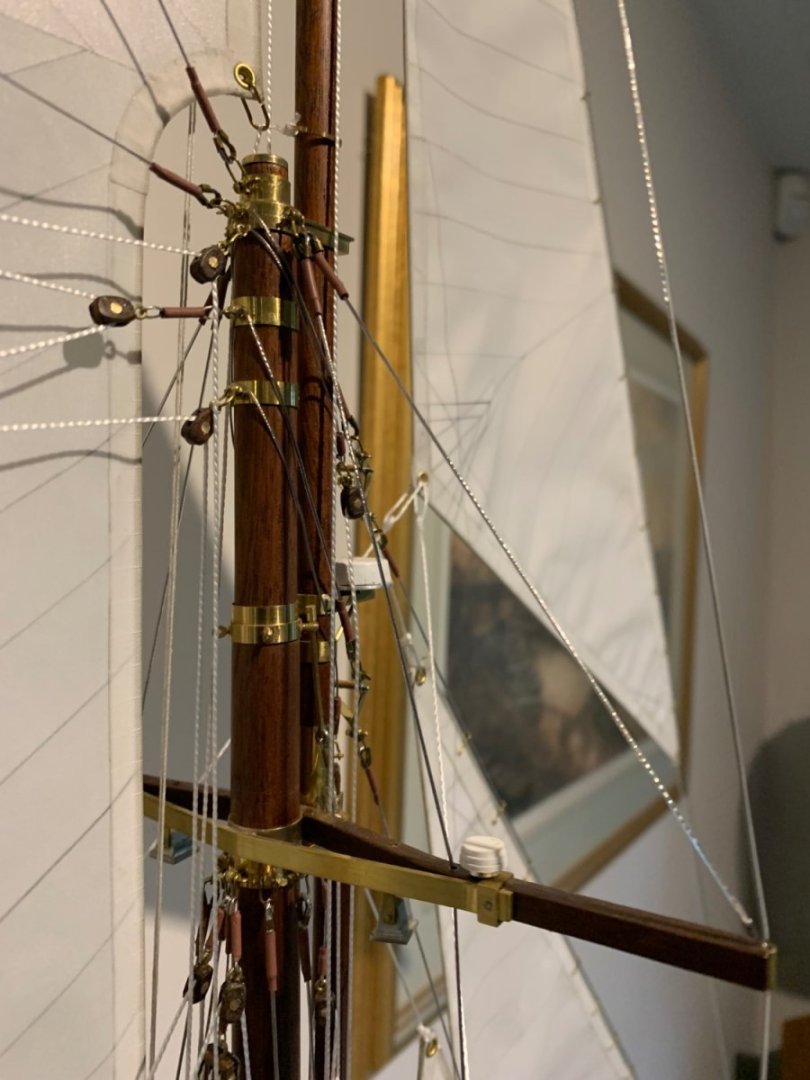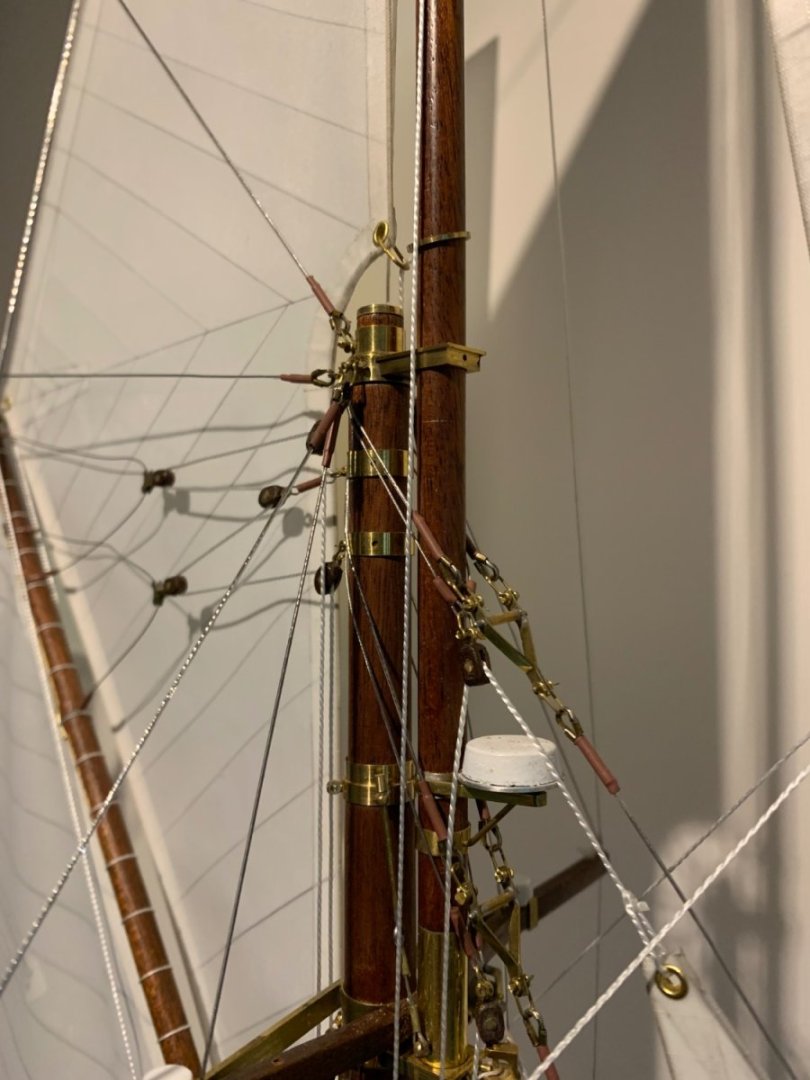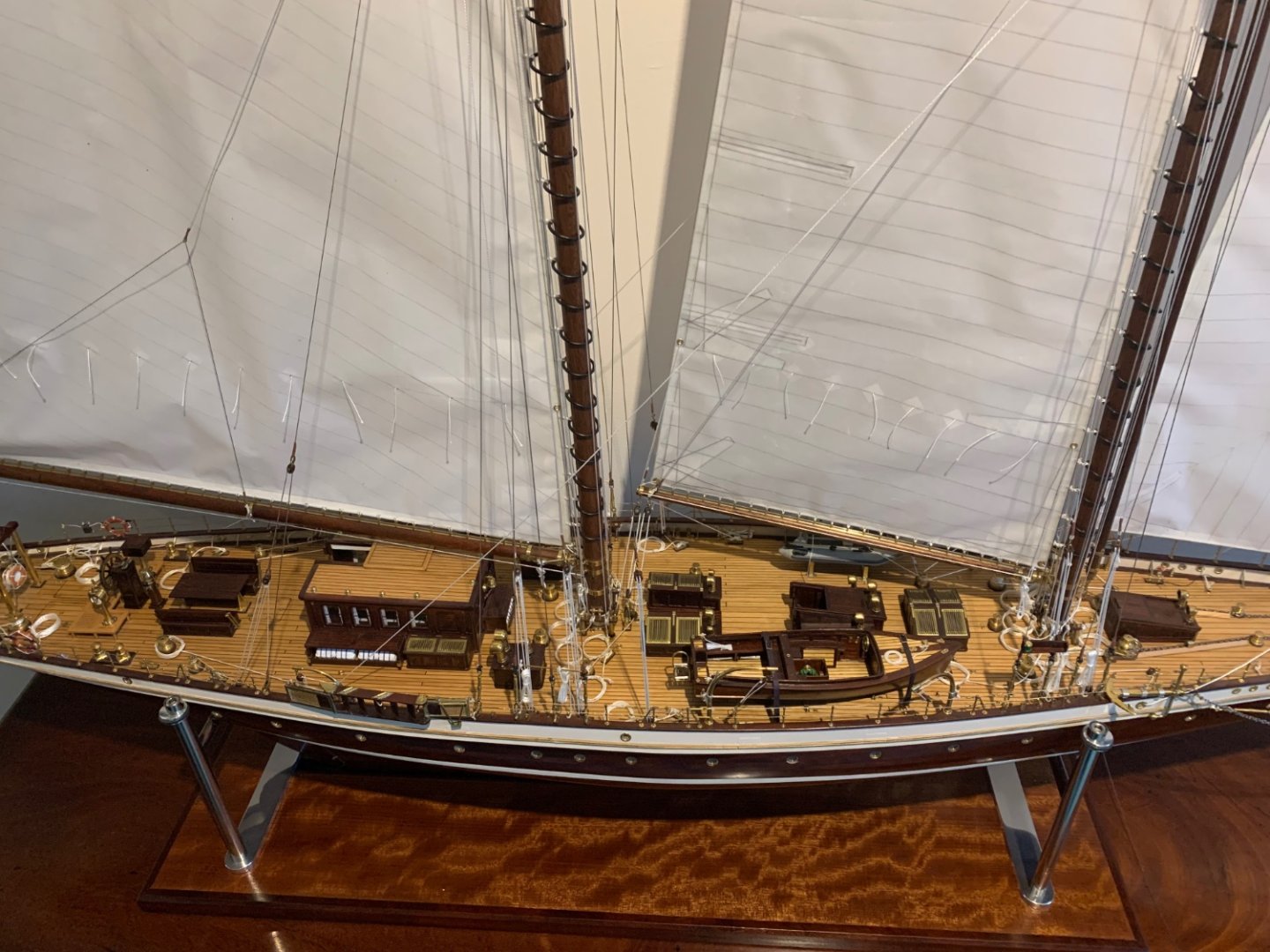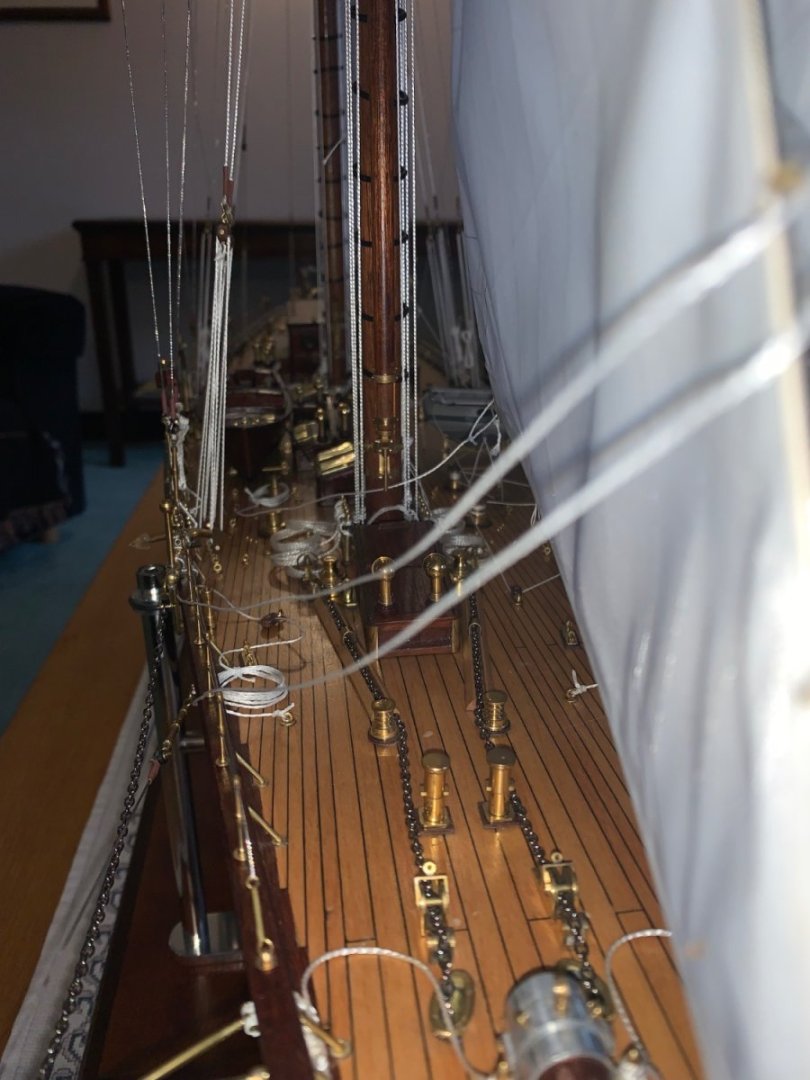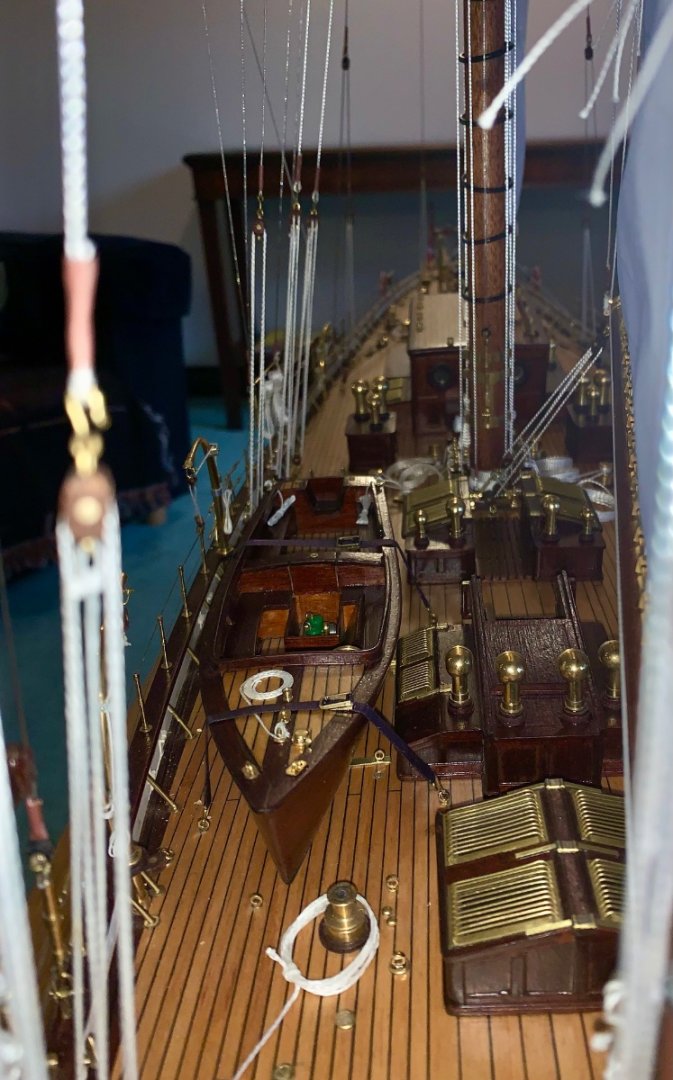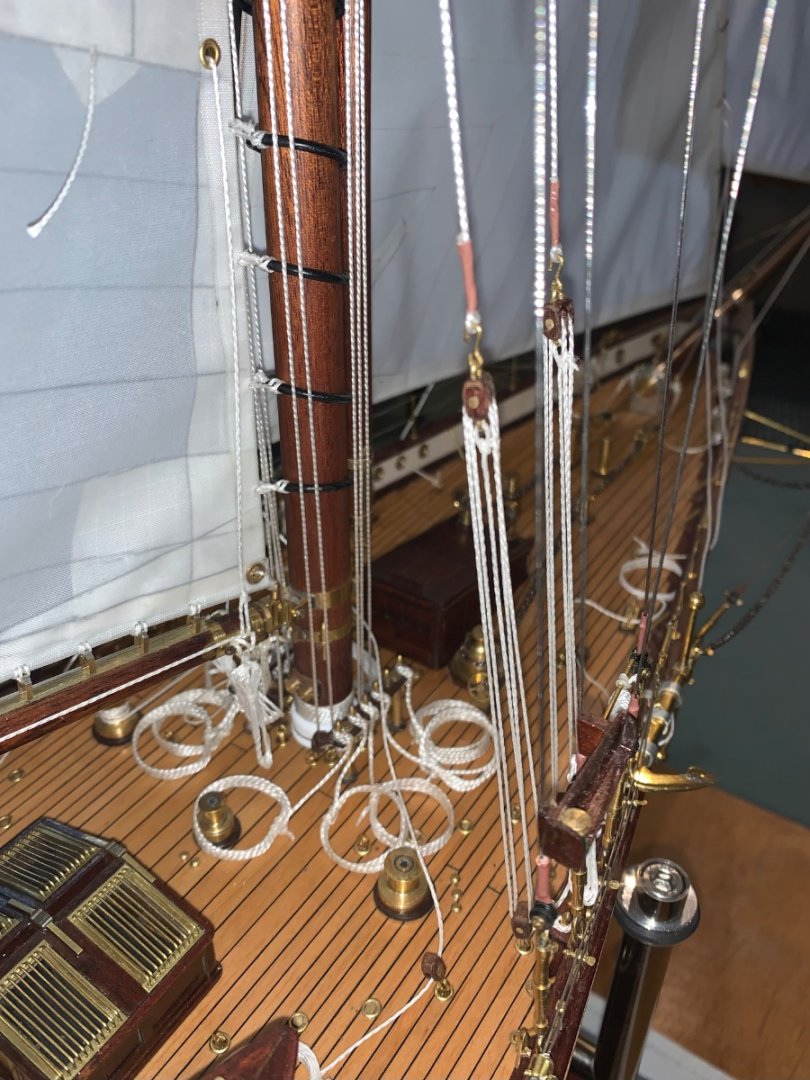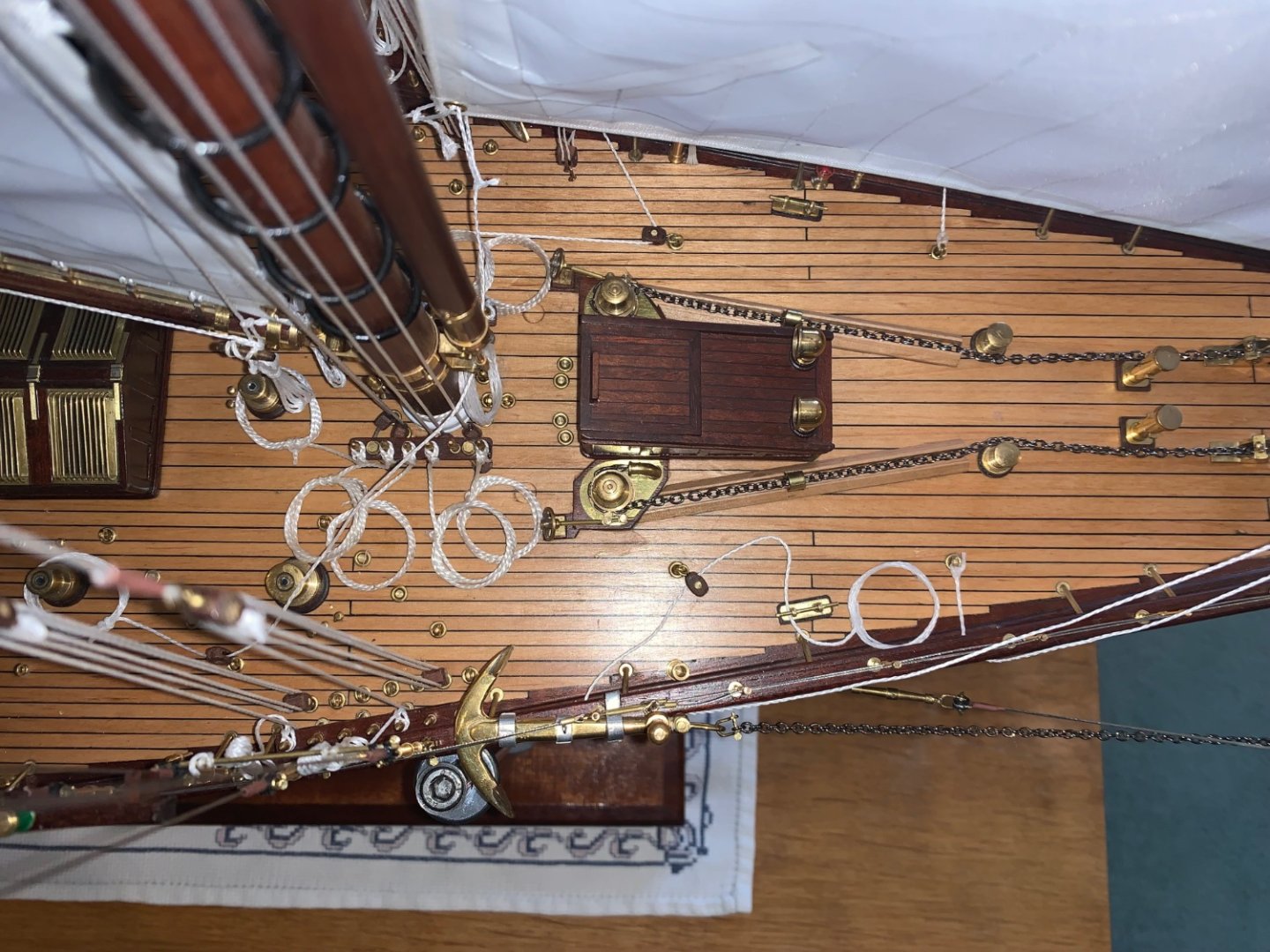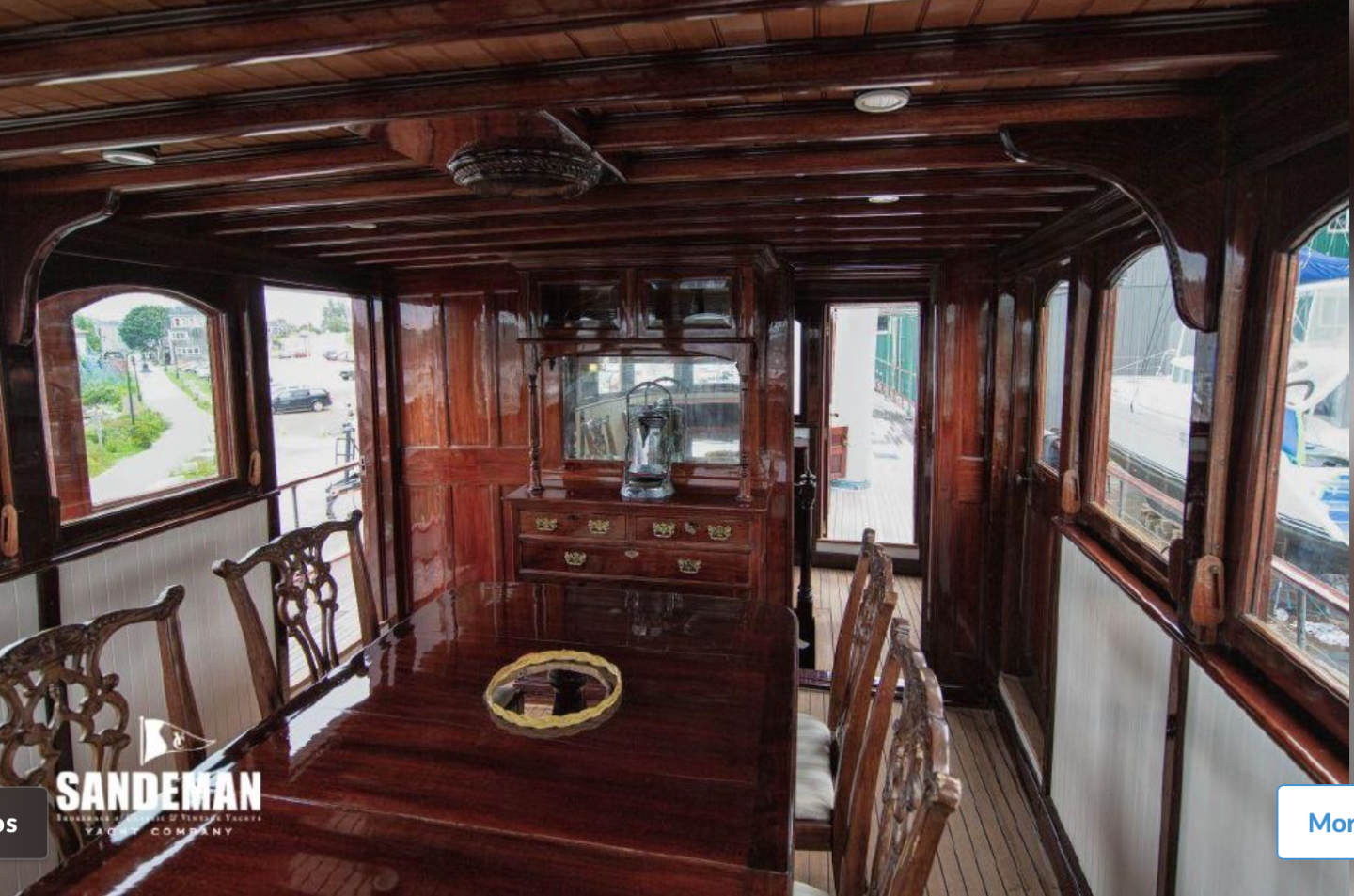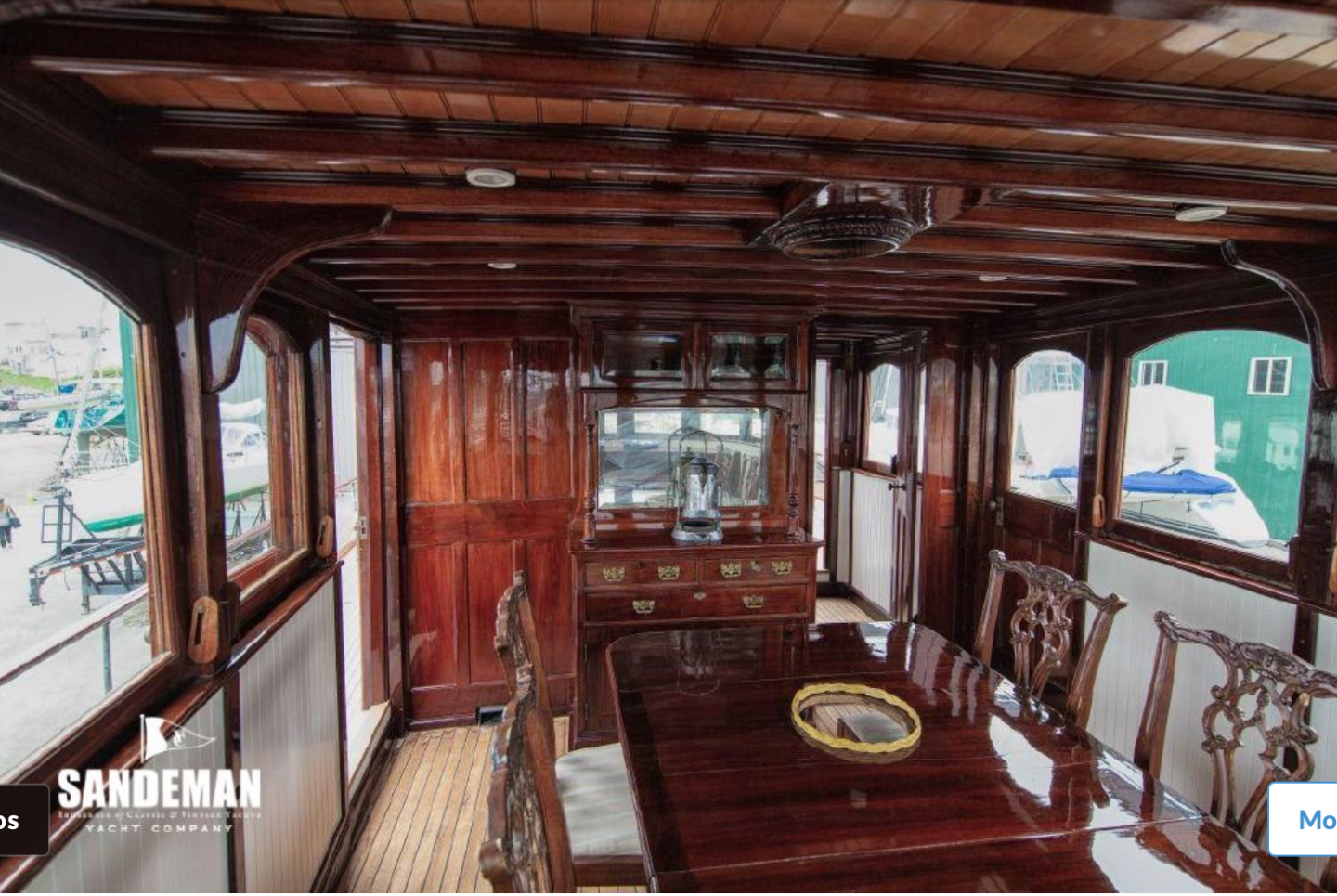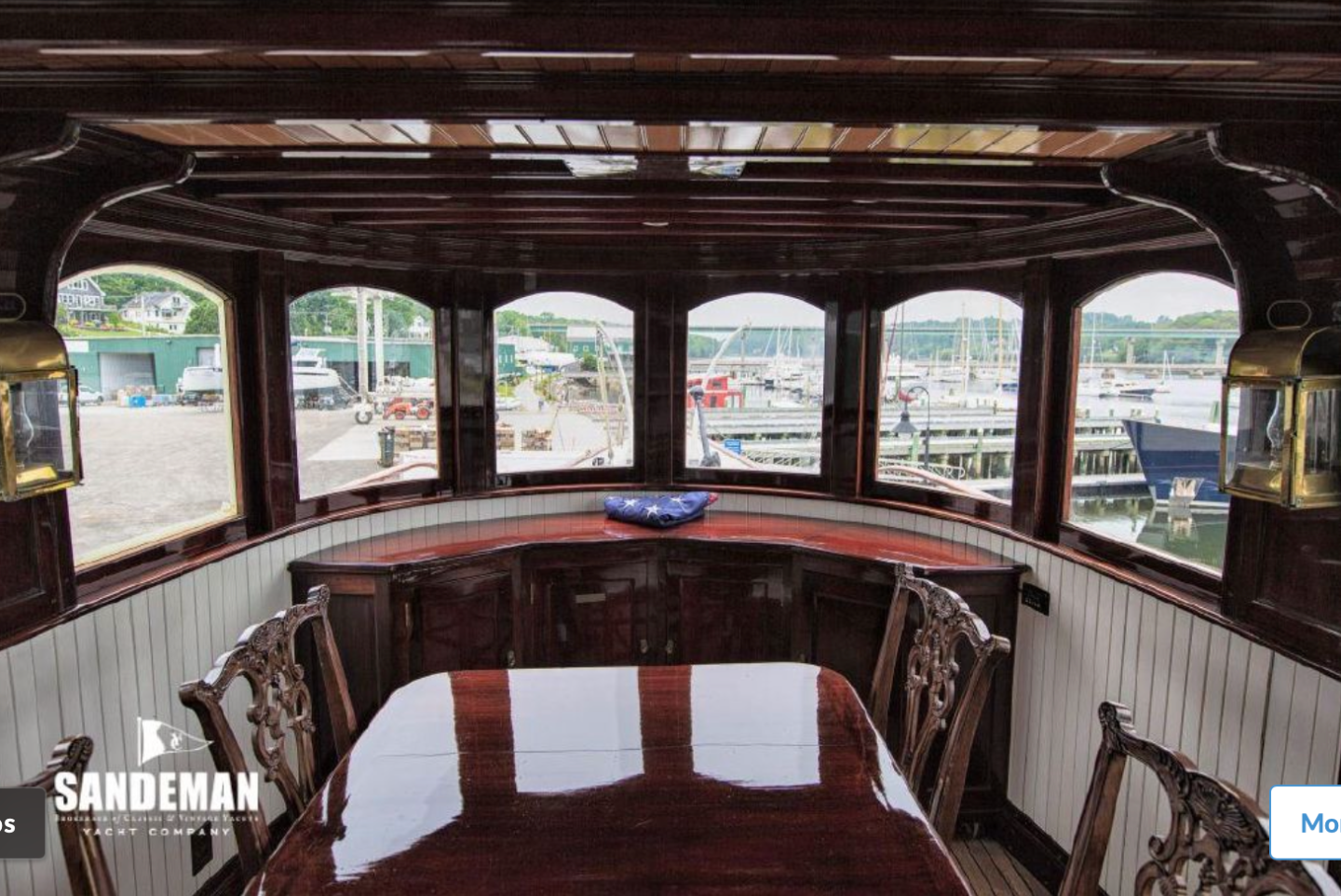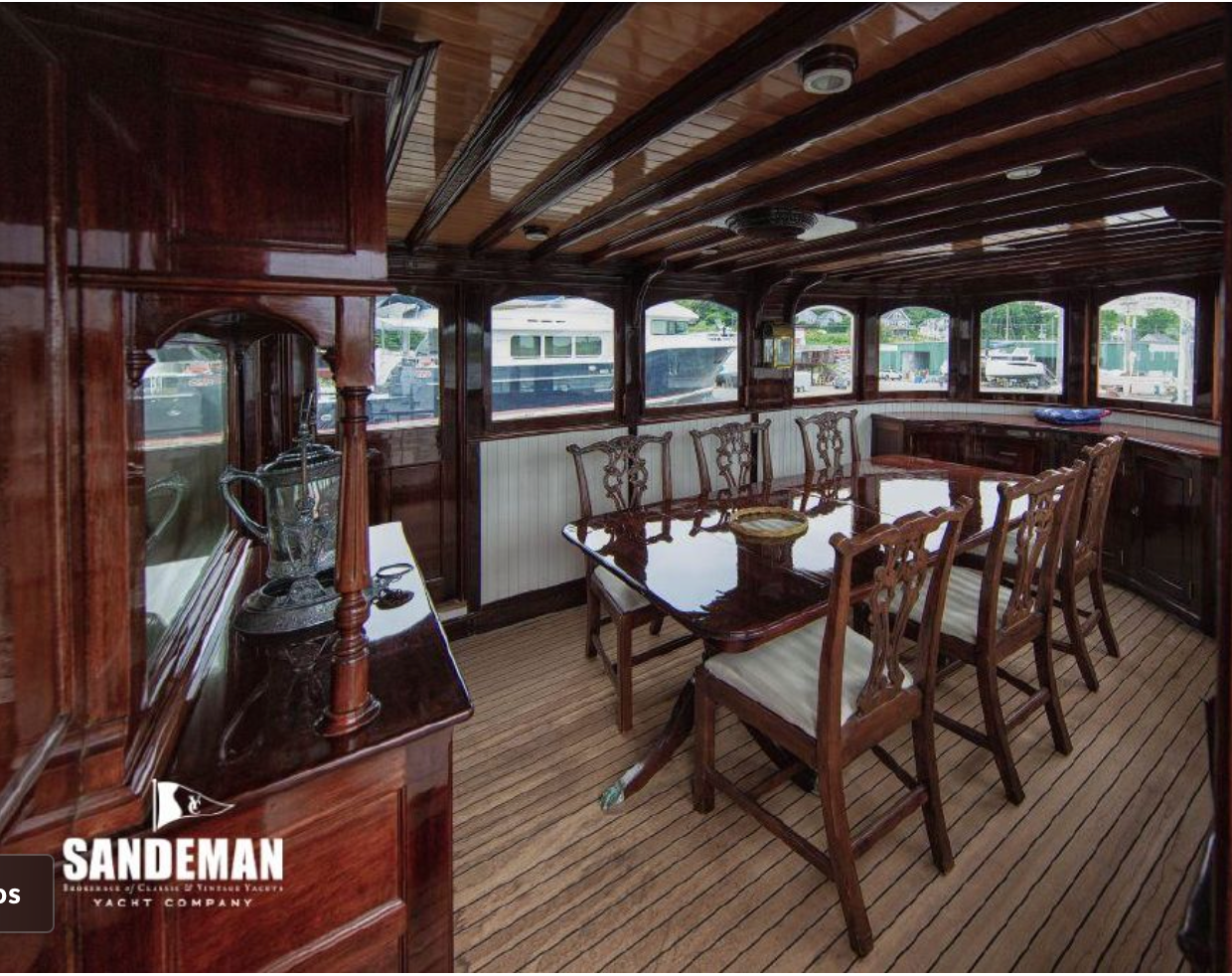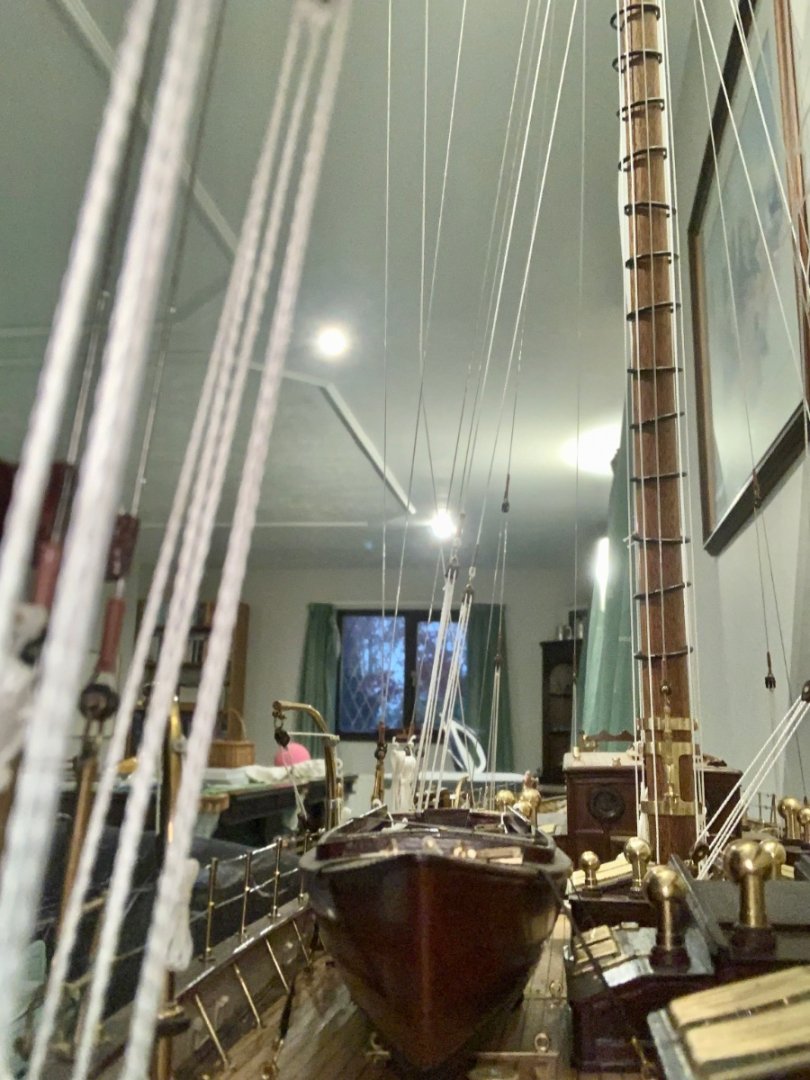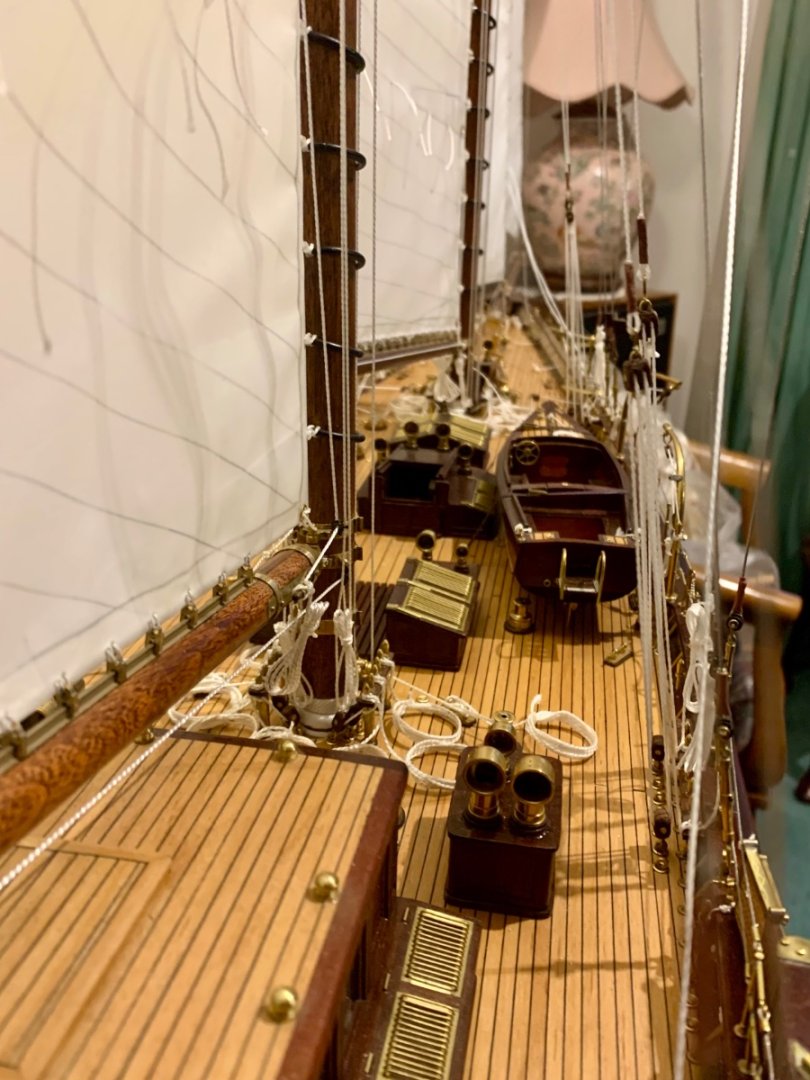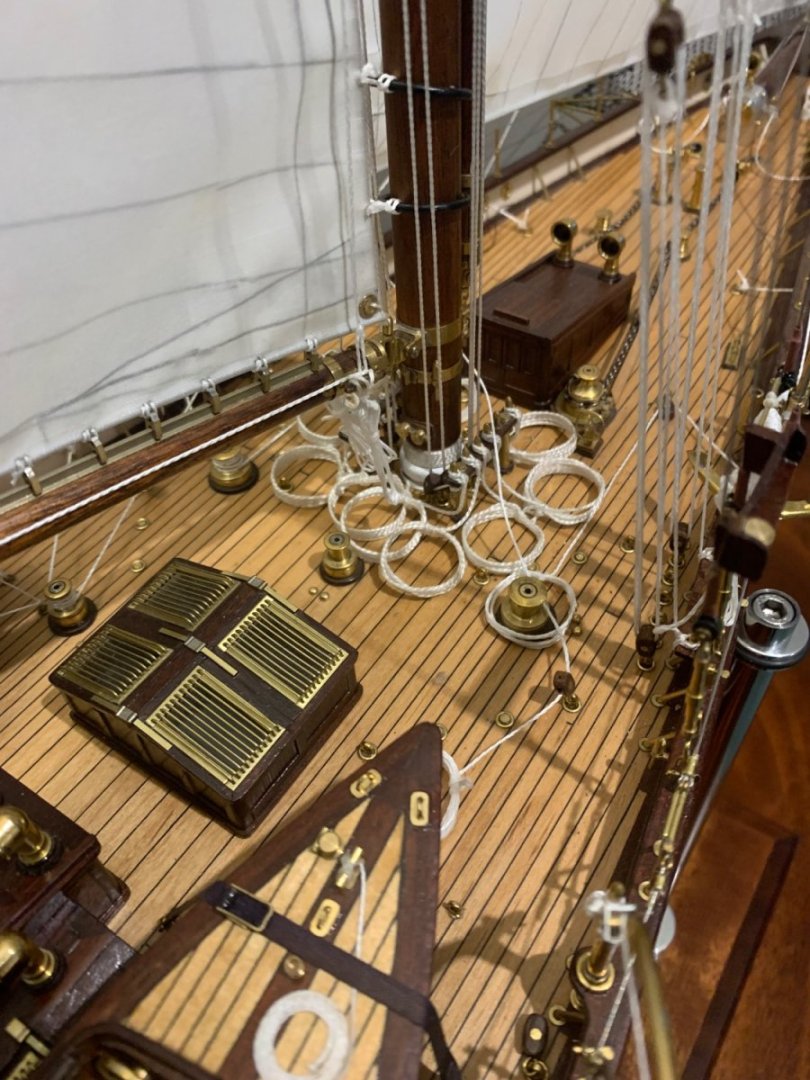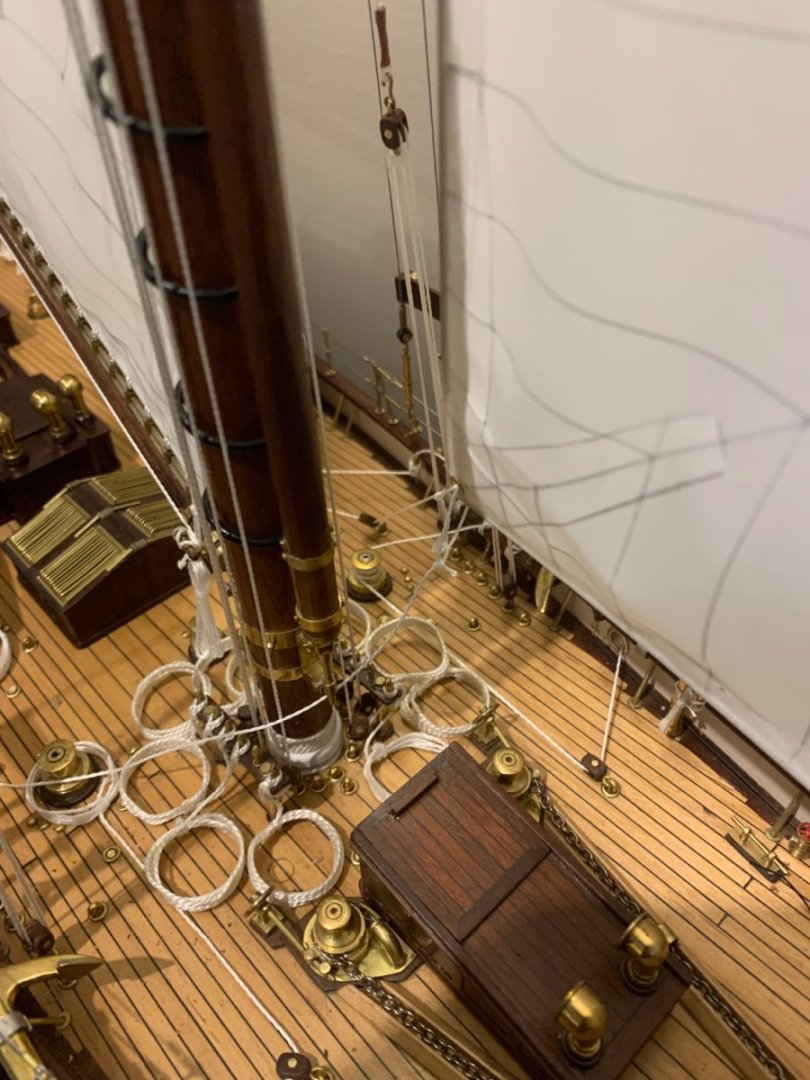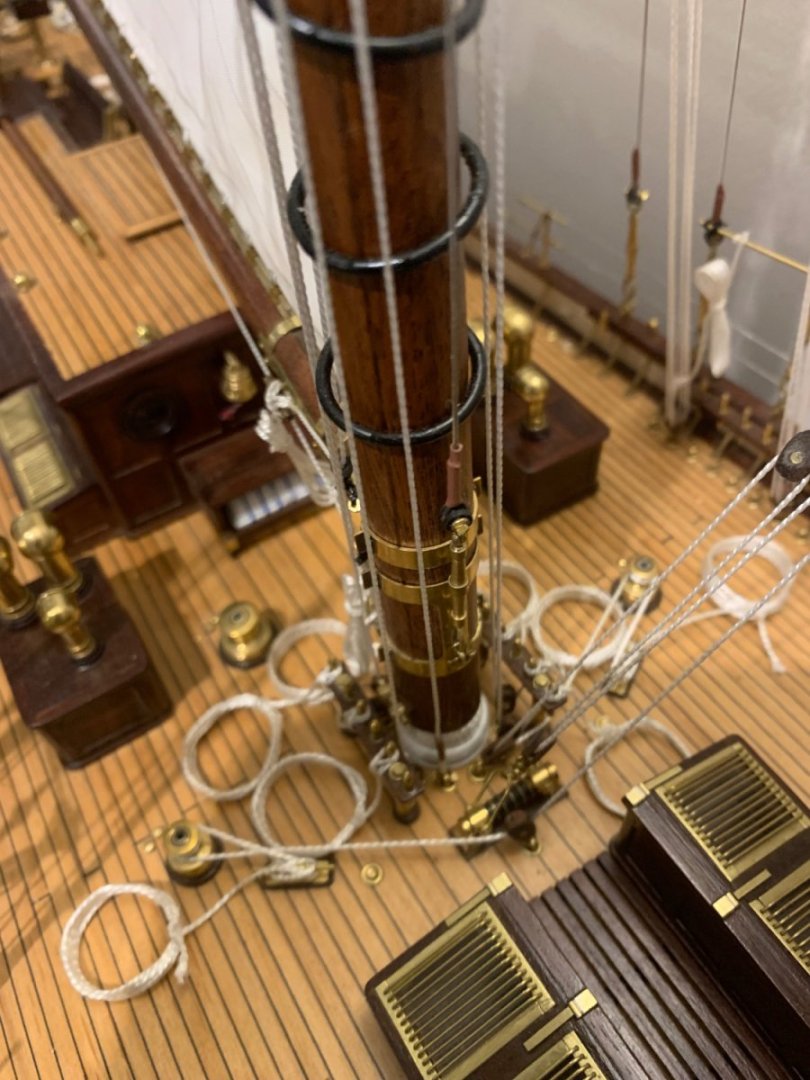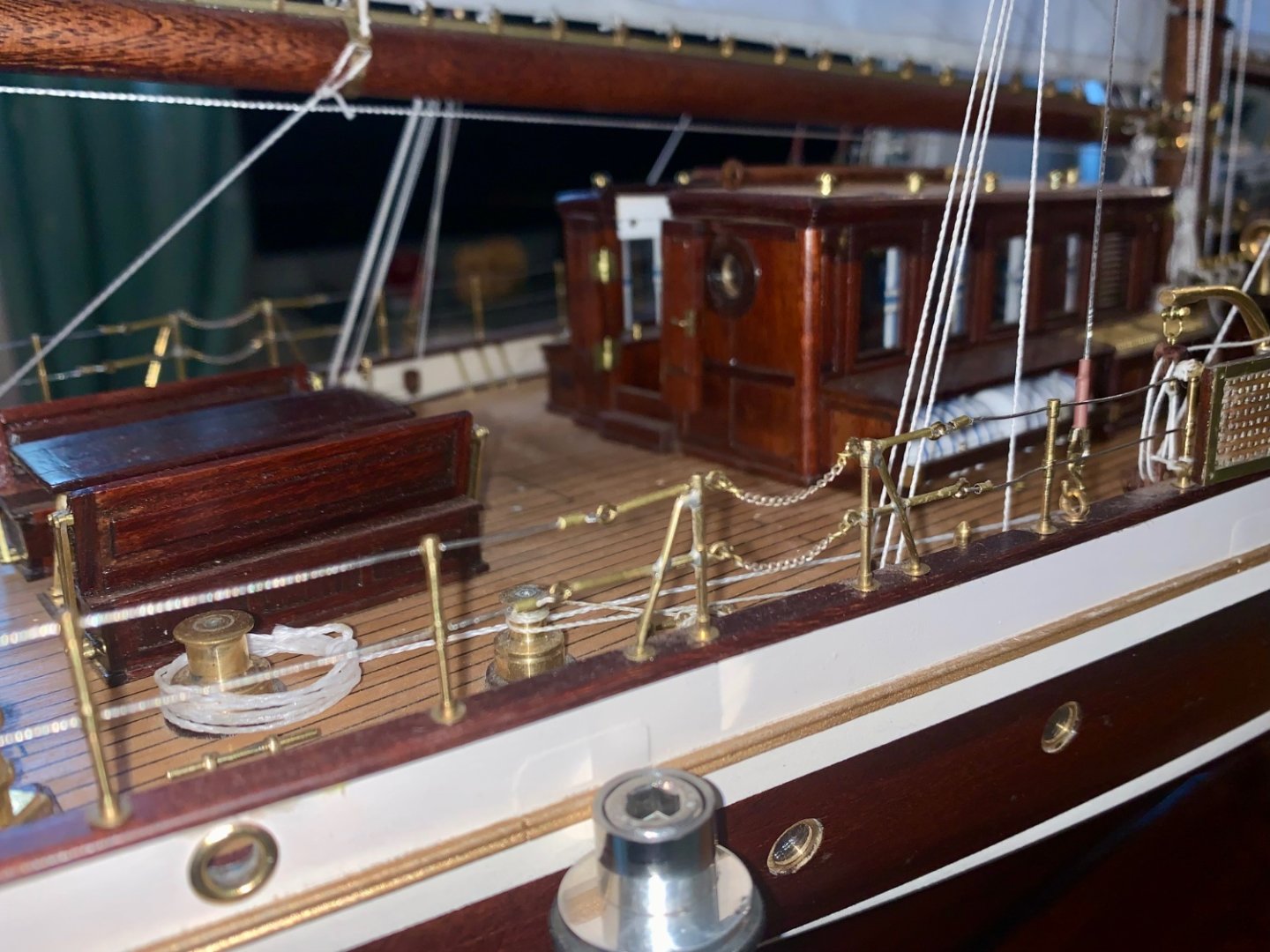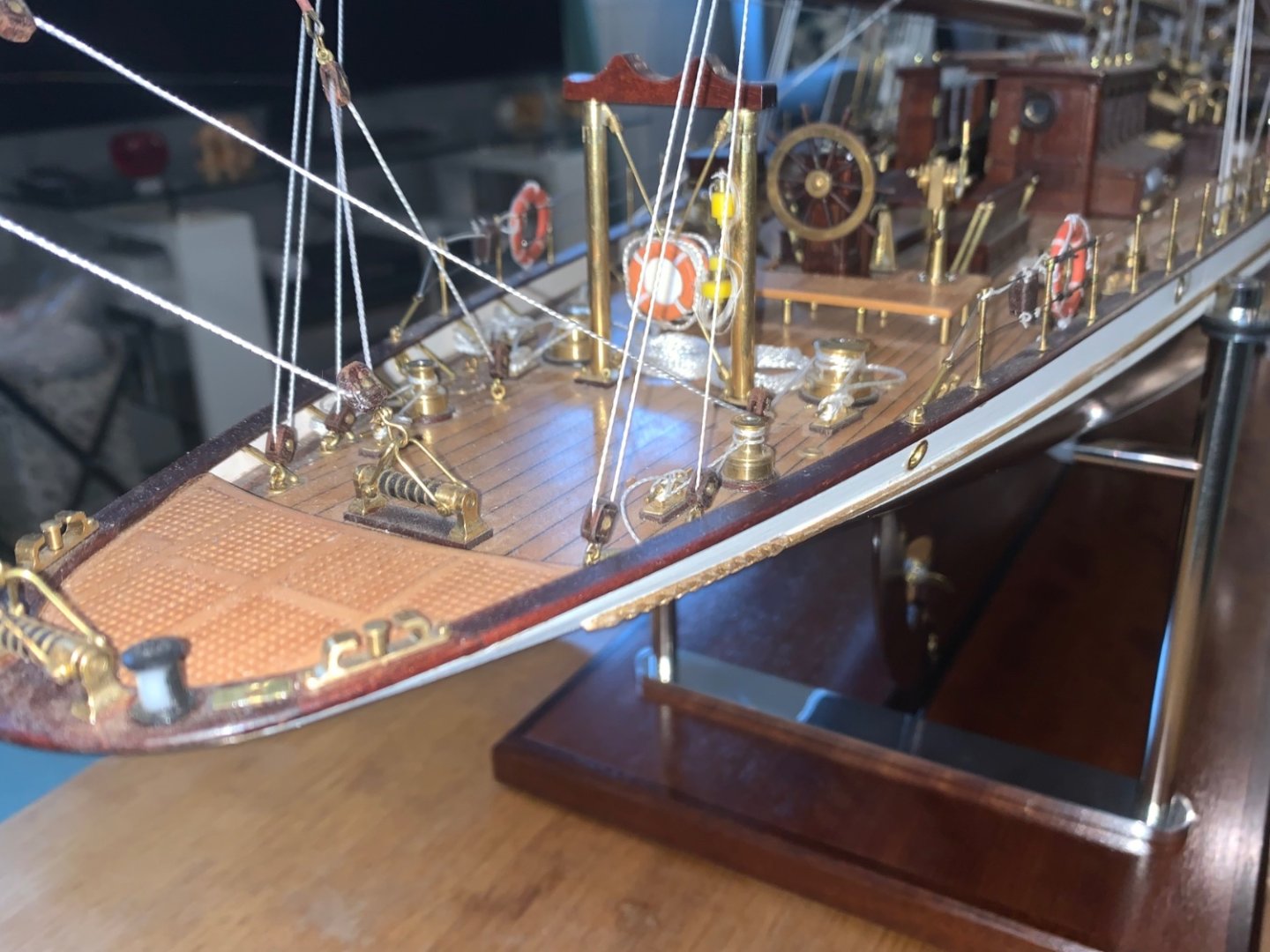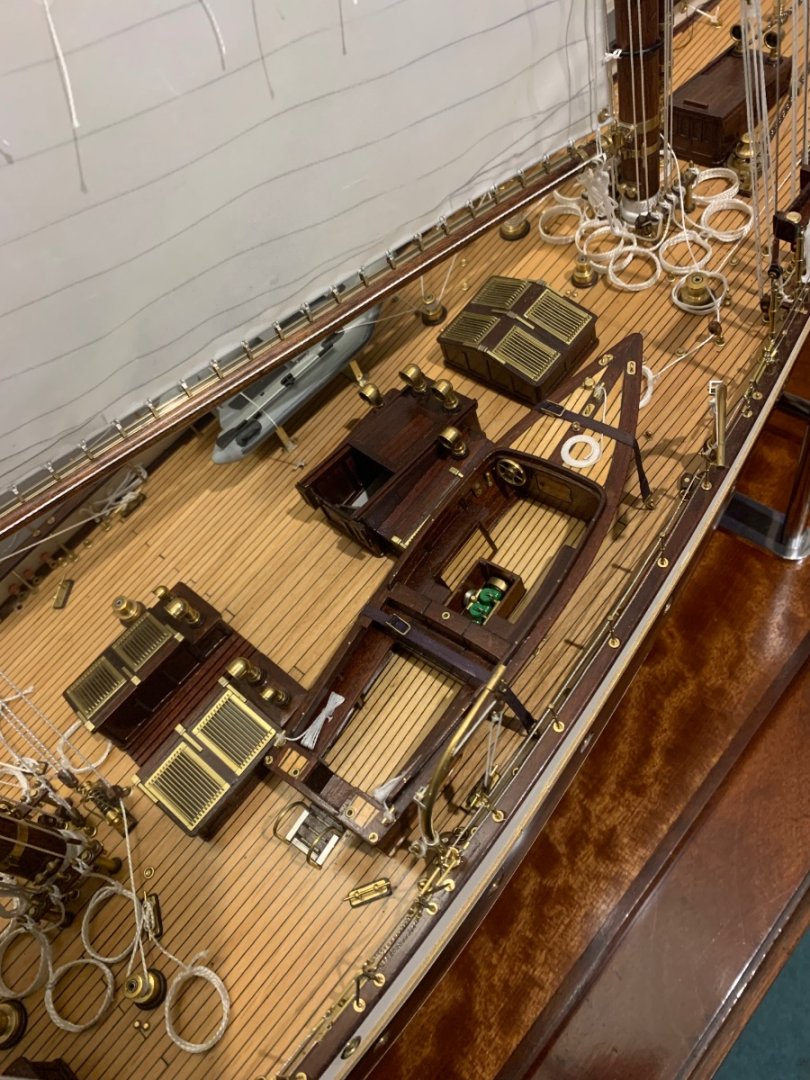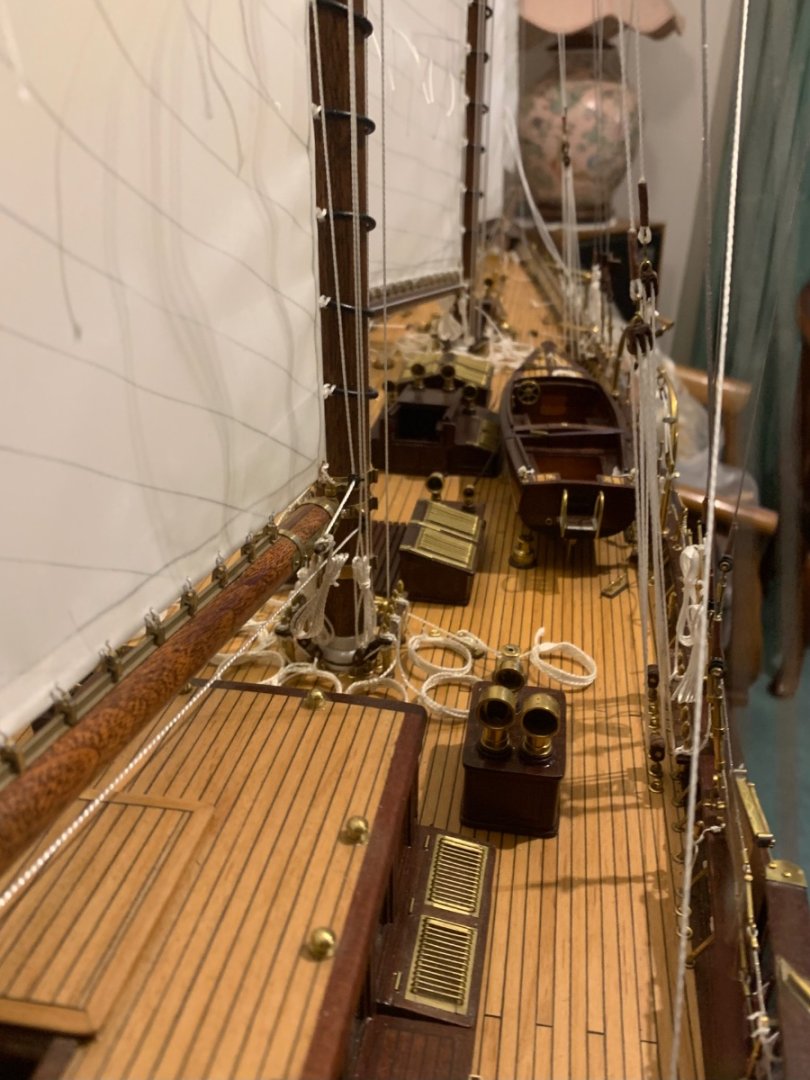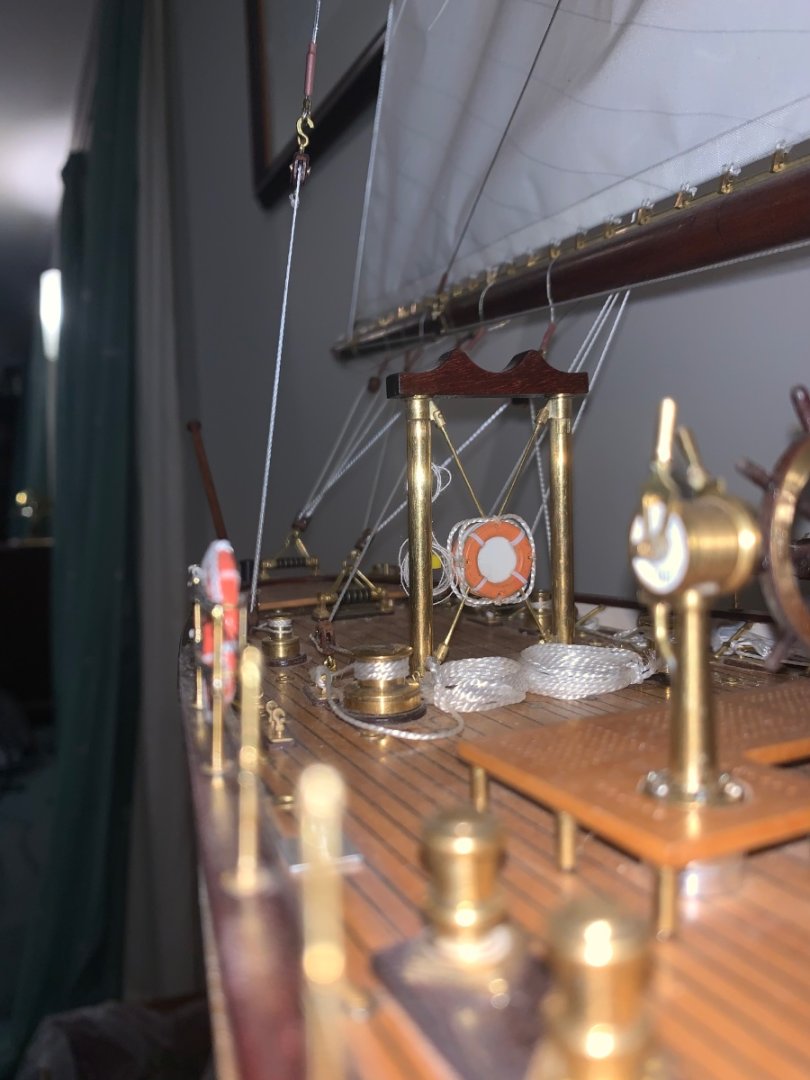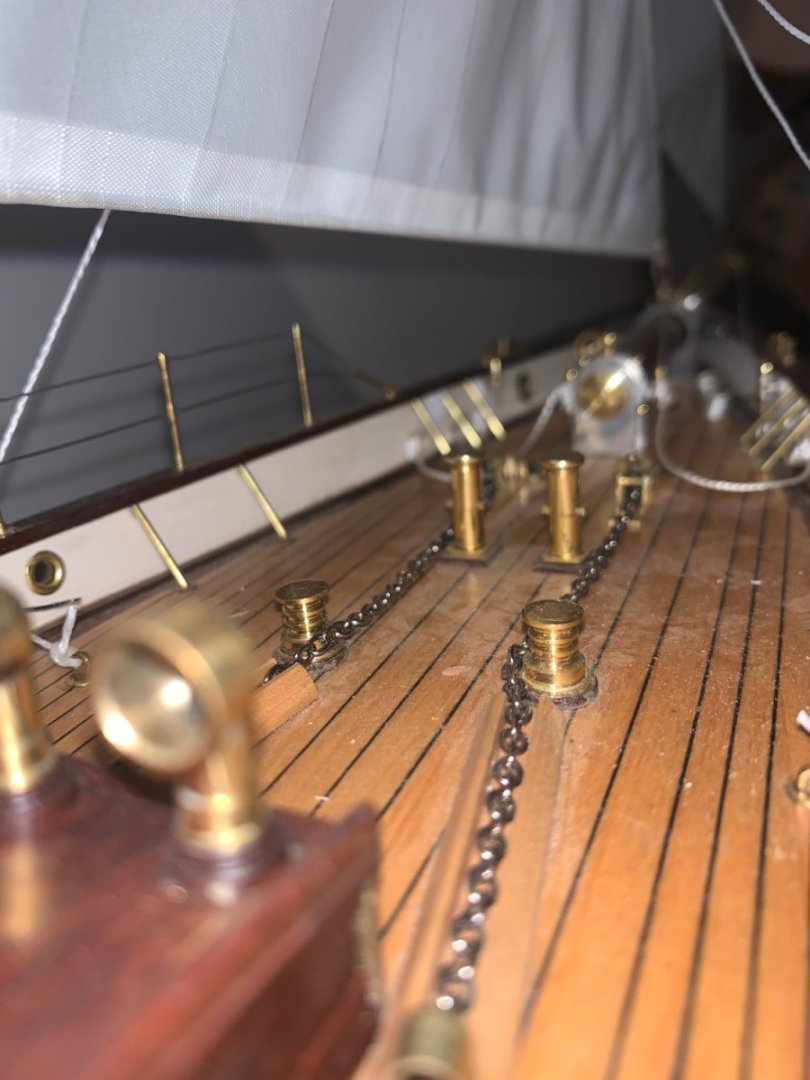-
Posts
3,980 -
Joined
-
Last visited
Content Type
Profiles
Forums
Gallery
Events
Everything posted by KeithAug
-
Thank you Valeriy, Druxey, Pat, Gary and Brian. Also thanks for all there thumbs ups. The next bunch of photos:-
-
Eberhard - I think I had picked that up from one of your earlier comments and had assumed that in such circumstances that trining the gun would have been required. Grounding seems to be a bit of a dicey concept given the flat bottom and limited freeboard / buoyancy. I bet they had some anxious moments waiting for the suction between the hull and the mud to let go.
-
Eberhard - I have to agree with Phil that the gun is particularly magnificent. Firing the gun on the beam must have been a particularly unwelcome job for the bridge crew.
-
Roger - it is highly probable that your eyesight is better than mine as I need my cataracts done. Below are the 4 shots showing the internals of the main deck house. These are the only ones which show the dining table. What I think I see is a mirror behind a silver cup and above this a cabinet that may contain glassware. Are these the ones where you see a model?
-
Ras - Thank you for explaining. I was aware that in some photos the sponsons were not obvious. What you say about recoil makes a lot of sense.
-
Bob, I sent a few shots of Germania to Jeff Rutherford when I asked for some information and I promised to send him the link to the build log once I started it. I haven't made contact with Mr McNeil. I am not sure that he would be interested in seeing a model when he owns the real thing - lucky man. I really need to get on with the photos before this log morphs into a Cangarda build log. Here are a few pre cleaning photos to get the build log back on track before I do the cleaning.
-
Rick Thank you - very much appreciated - that would be fantastic. It is a comprehensive set of photos looking down on the deck showing the attachment points for all the stays / blocks plus the deck planking detailing around the deck houses / skylights etc, that I need. It is going to be a a year or more before I get to that part of the build so no need to rush out with the camera. Best regards,
-

USS Cairo by Zetec - FINISHED - 1/50 scale
KeithAug replied to Zetec's topic in - Build logs for subjects built 1851 - 1900
Heroic task. -

Value-for-Money Airbrush
KeithAug replied to BANYAN's topic in Painting, finishing and weathering products and techniques
Pat, Sorry but i have only just seen this. I bought a compressor with 2 airbrush pack and to be fair the airbrushes looked well made. It cost about £90 for the whole package. The airbrushes lasted about 18 months of very limited use - probably 10 to 15 times for each brush. I didn't really regret getting them because it was my first experience of air brushing. When it came to replacement I bought an Iwata Neo which cost £60 and it has lasted somewhat better. it is now about 5 years old and still going strong - but again not heavily used. I note the Neo is now about £100. Hope this helps. -
Tom, yes I have got that one. Bob I have made contact with Jeff who has been very helpful, I just don't want to push my luck by placing too big a demanding of his resources.
-
Bob - many years ago I built a pond model which in the end I never sailed because I was wary of it getting damaged. Ever since I have focused on display models. I am planning to represent some of the engine room and other below deck areas in so far as as they can be seen through the skylights. One of the reasons for considering the 1:24 scale is that I can do a much more accurate job of the deck house interiors. The deck and rigging complication is that they are the areas where I have the minimum of detail. In due course I may be putting out a plea to MSW members for any photographs they may have.
About us
Modelshipworld - Advancing Ship Modeling through Research
SSL Secured
Your security is important for us so this Website is SSL-Secured
NRG Mailing Address
Nautical Research Guild
237 South Lincoln Street
Westmont IL, 60559-1917
Model Ship World ® and the MSW logo are Registered Trademarks, and belong to the Nautical Research Guild (United States Patent and Trademark Office: No. 6,929,264 & No. 6,929,274, registered Dec. 20, 2022)
Helpful Links
About the NRG
If you enjoy building ship models that are historically accurate as well as beautiful, then The Nautical Research Guild (NRG) is just right for you.
The Guild is a non-profit educational organization whose mission is to “Advance Ship Modeling Through Research”. We provide support to our members in their efforts to raise the quality of their model ships.
The Nautical Research Guild has published our world-renowned quarterly magazine, The Nautical Research Journal, since 1955. The pages of the Journal are full of articles by accomplished ship modelers who show you how they create those exquisite details on their models, and by maritime historians who show you the correct details to build. The Journal is available in both print and digital editions. Go to the NRG web site (www.thenrg.org) to download a complimentary digital copy of the Journal. The NRG also publishes plan sets, books and compilations of back issues of the Journal and the former Ships in Scale and Model Ship Builder magazines.


